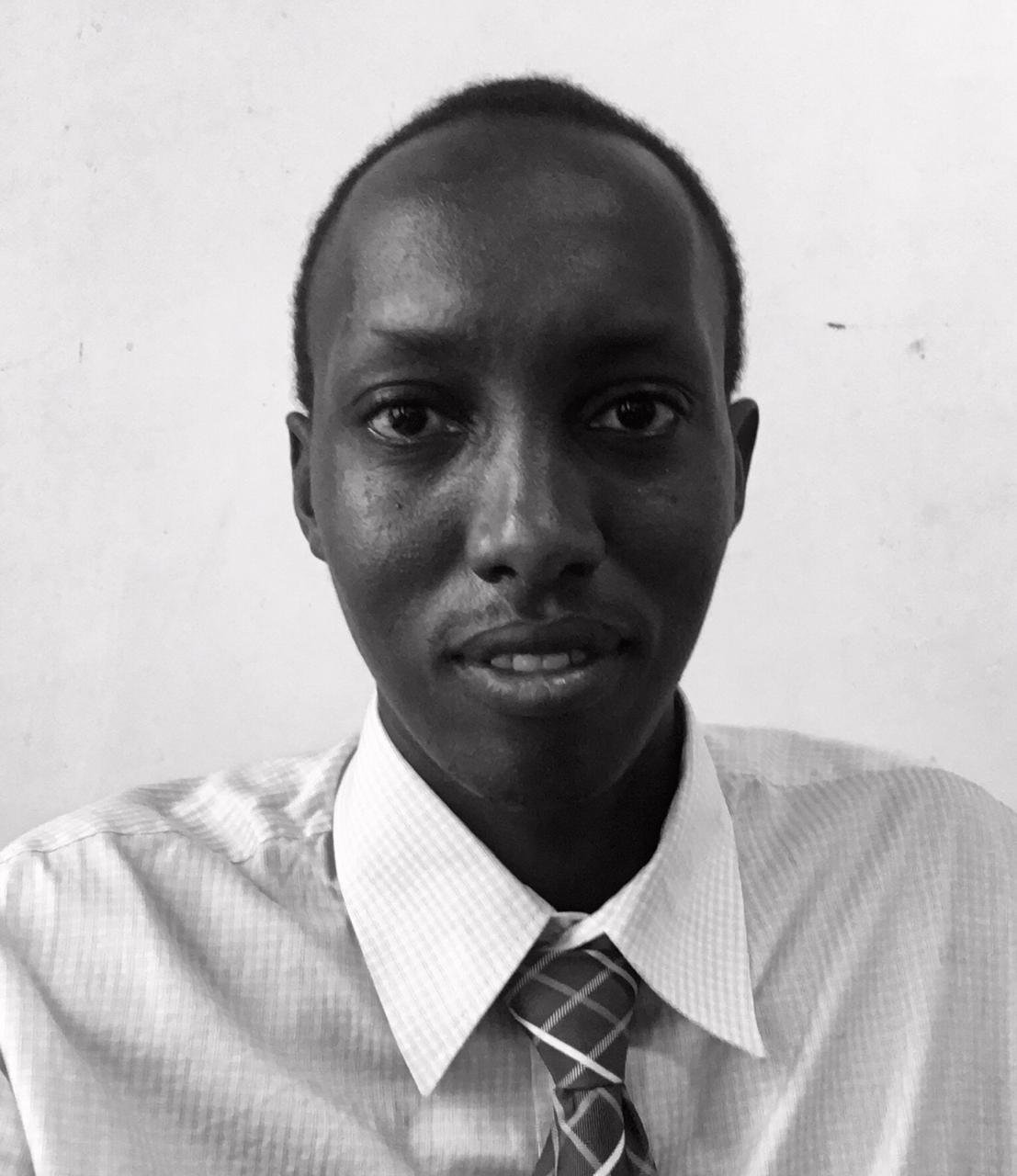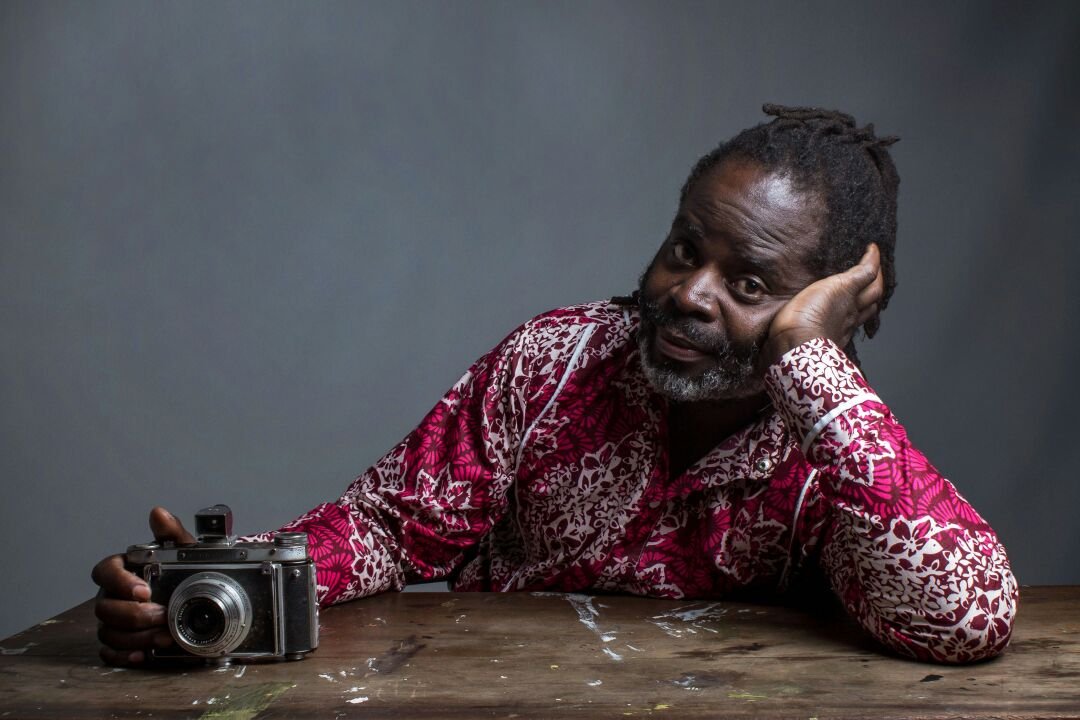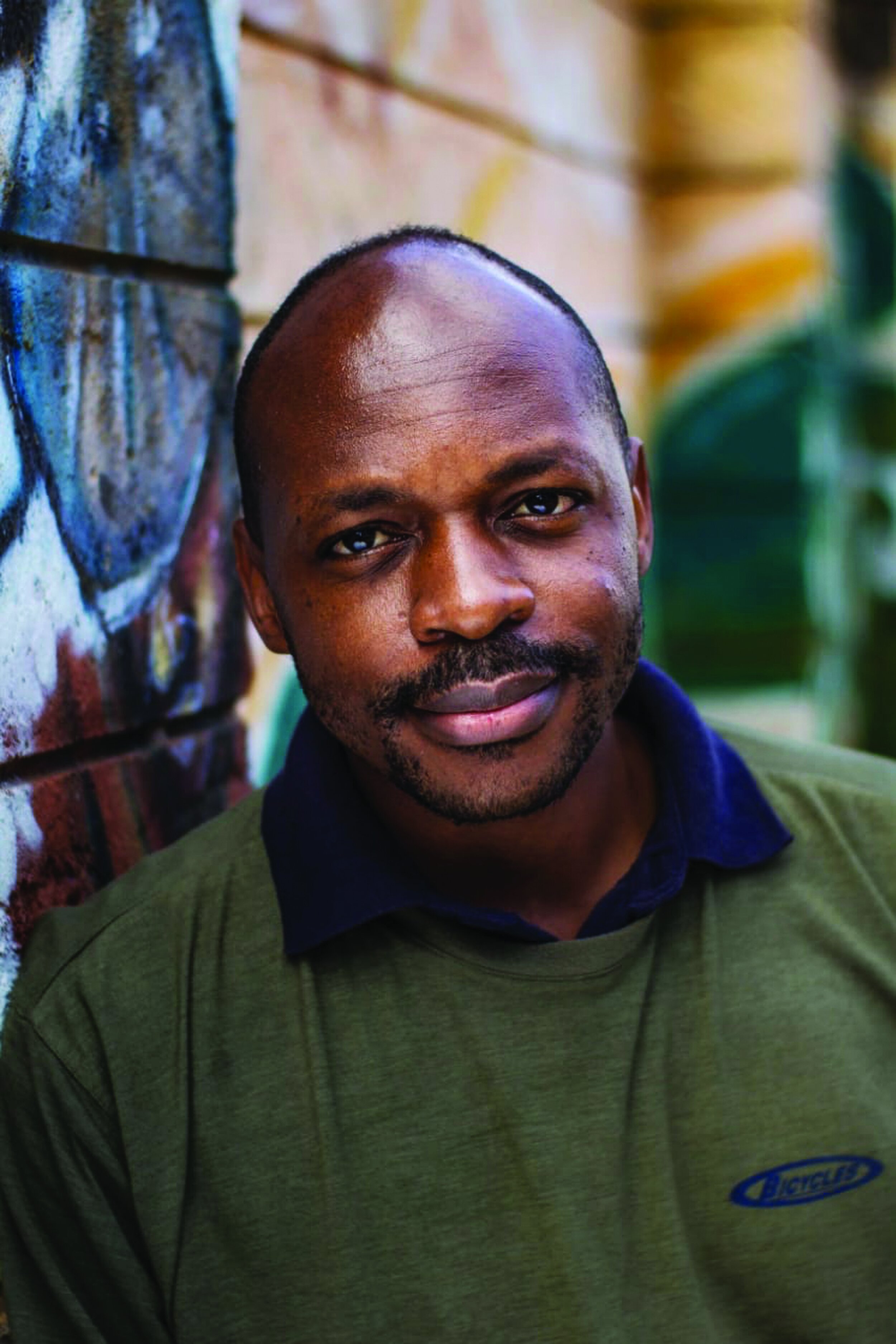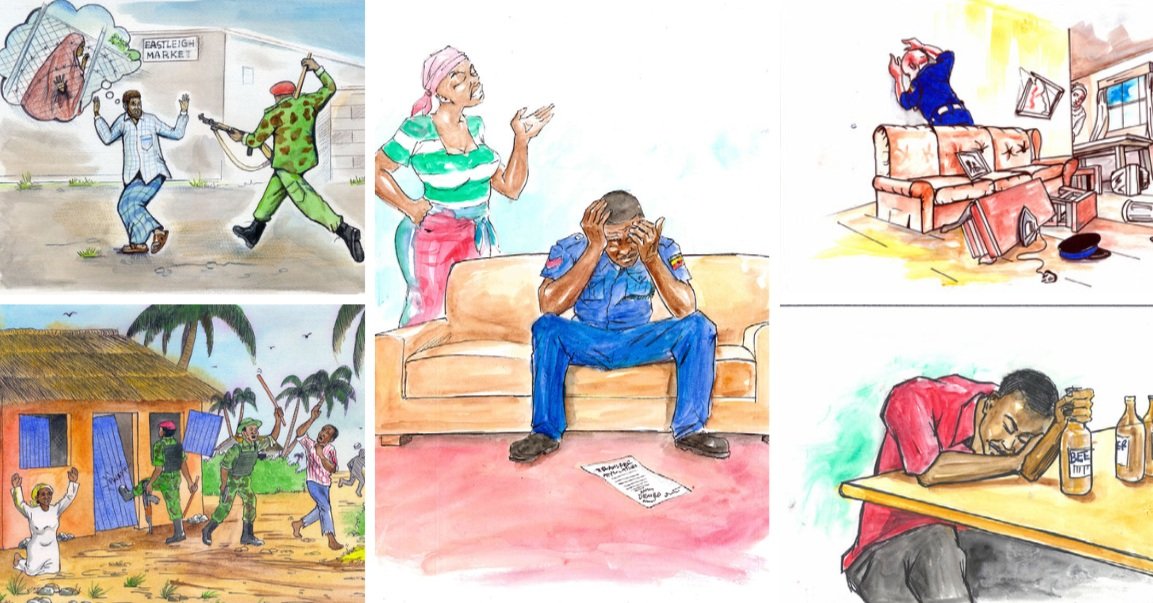
Our Artwork from Kenya.
We have four collections in Kenya - Kumekucha, Muamko Mypa, Kumekucha Quest, and our COVID-19 paintings.
Creating art can be a powerful tool for healing as it fosters a connection between the mind and body. While exercise primarily targets the physical body and meditation focuses on clearing the mind, art-making engages both the mind and body simultaneously, which can facilitate the healing process.
During community healing sessions, the paintings serve as a means for individuals to share their stories of pain, suffering, and hurt. However, the artwork also highlights the strength of people and communities to engage in restorative processes, emphasizing that healing is not only about overcoming adversity, but also about reclaiming one's power and documents their resilience.

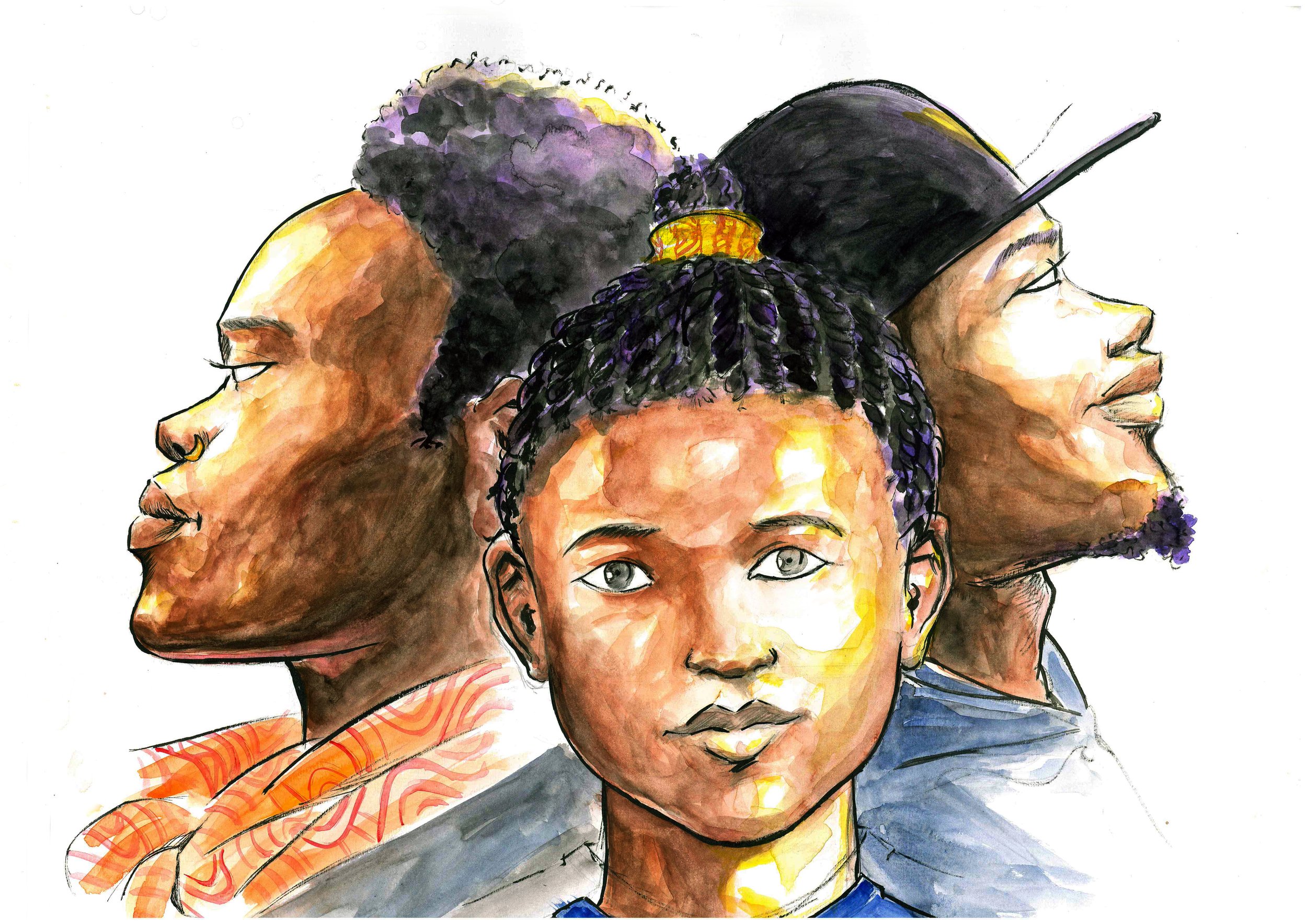


The Kenyan Artists
David Radoli
Kevin Ndege
Elvis Owour
Rony Nanjero
Patrick Mukabi
Issac Mulei
Clavers Odhiambo
Elizabeth Mwalali
Sylvia Kavere Amuguni
Lawrence Ndune
Chelsea Mitamita
In our gallery below, we feature a curated selection of Kenyan paintings telling the story of a contextual cycle of violence. This cycle originates from self-harm, extends to harming others, and portrays methods to break free from this pattern.
Breaking the Cycle of VIolence
Breaking the Cycle of VIolence
The portrayal of Kenya in newspapers and social media is often negative, with little attention given to the cultural practices that promote healing. Therefore, it is crucial to adopt a strength-based, healing-centered approach that highlights the positive and healthy practices that exist within everyday Kenya society.
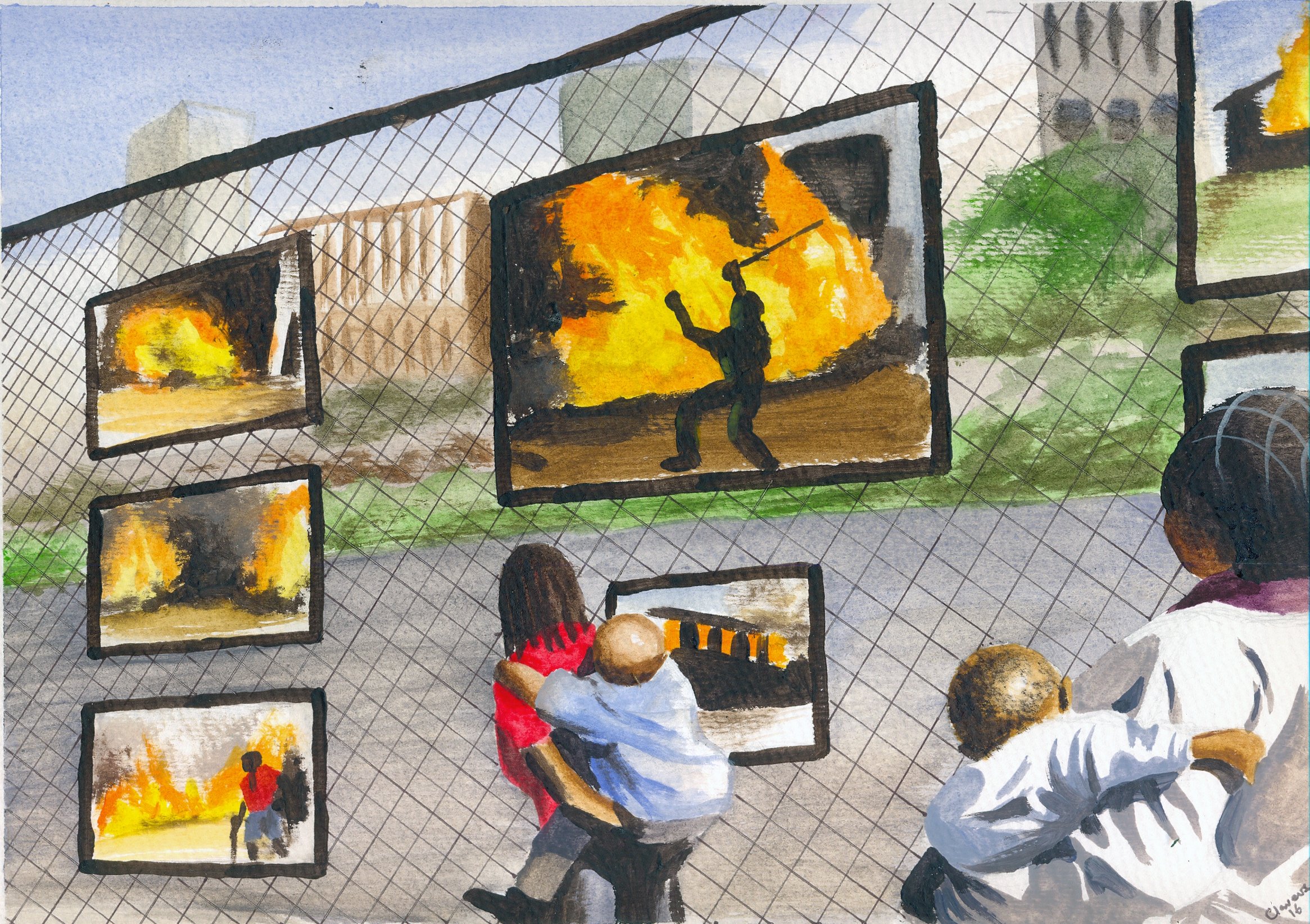


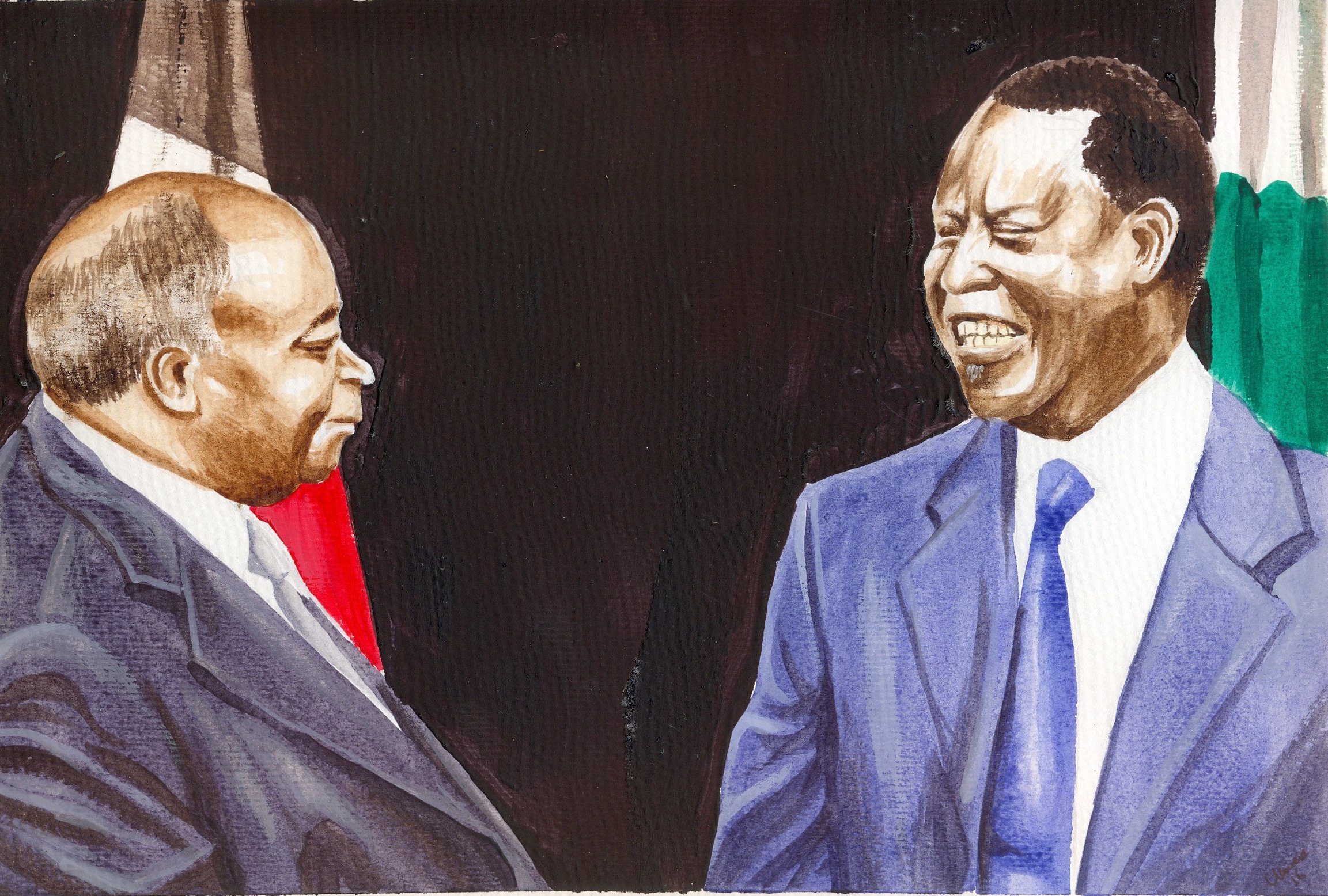
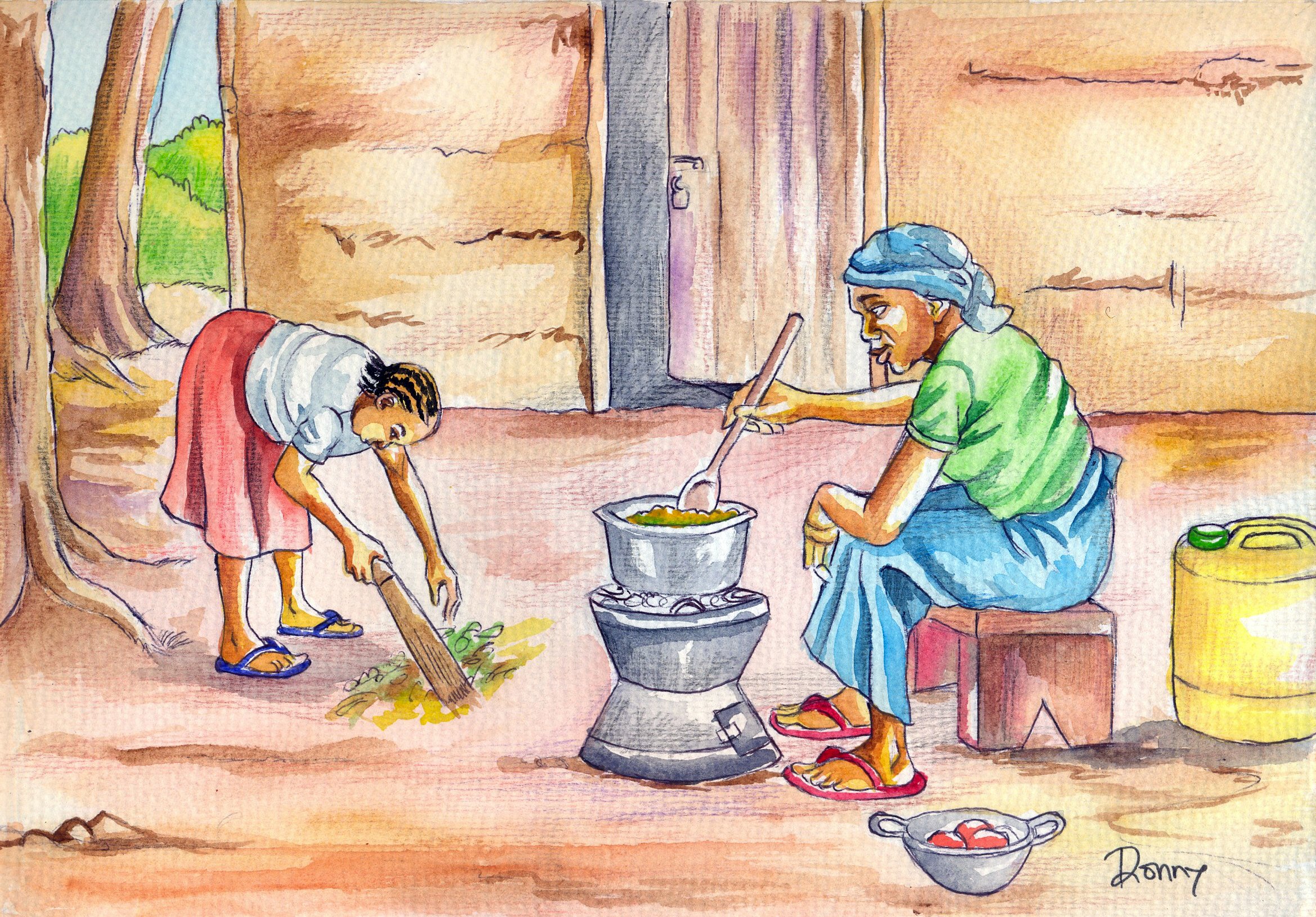

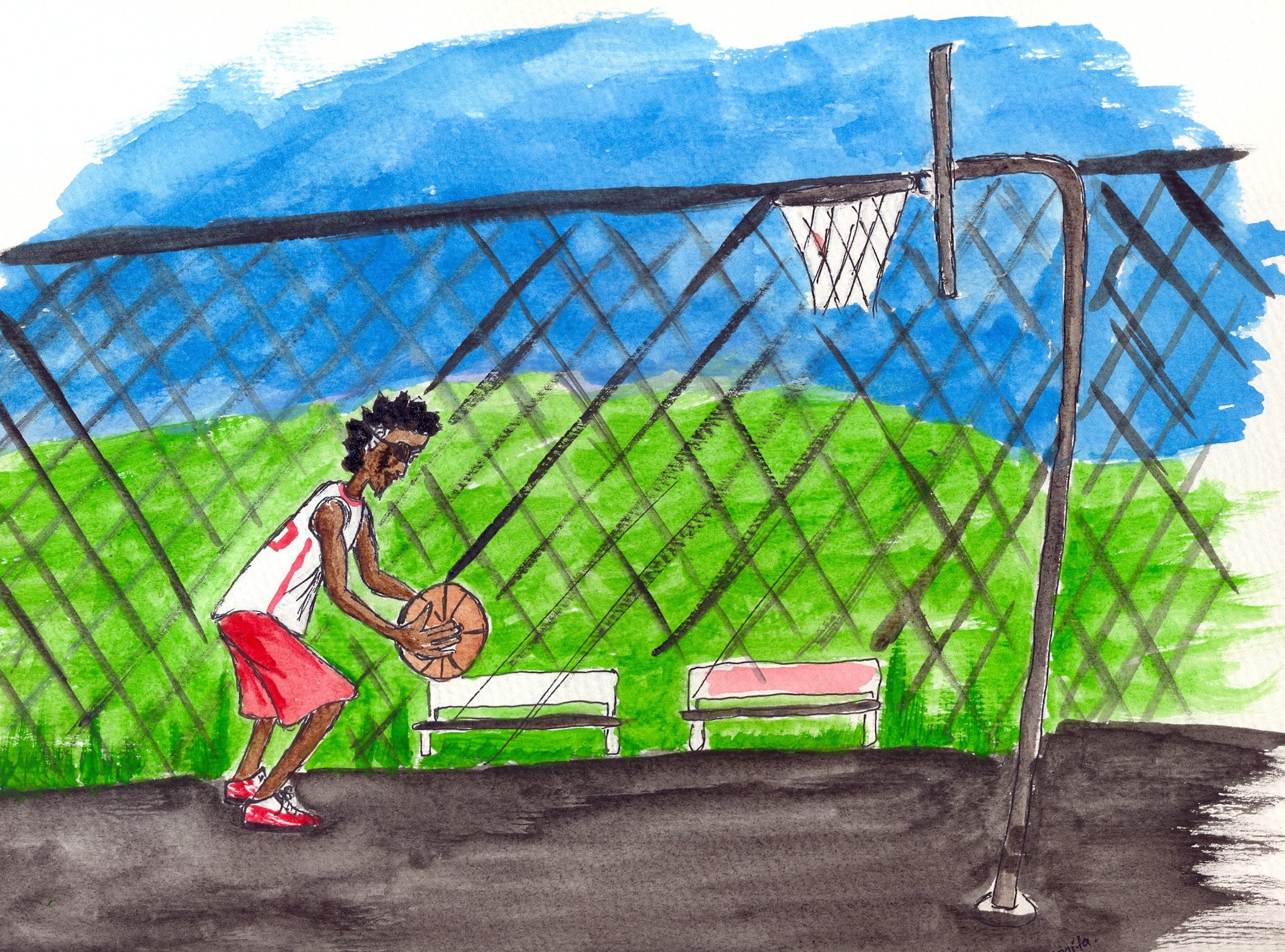


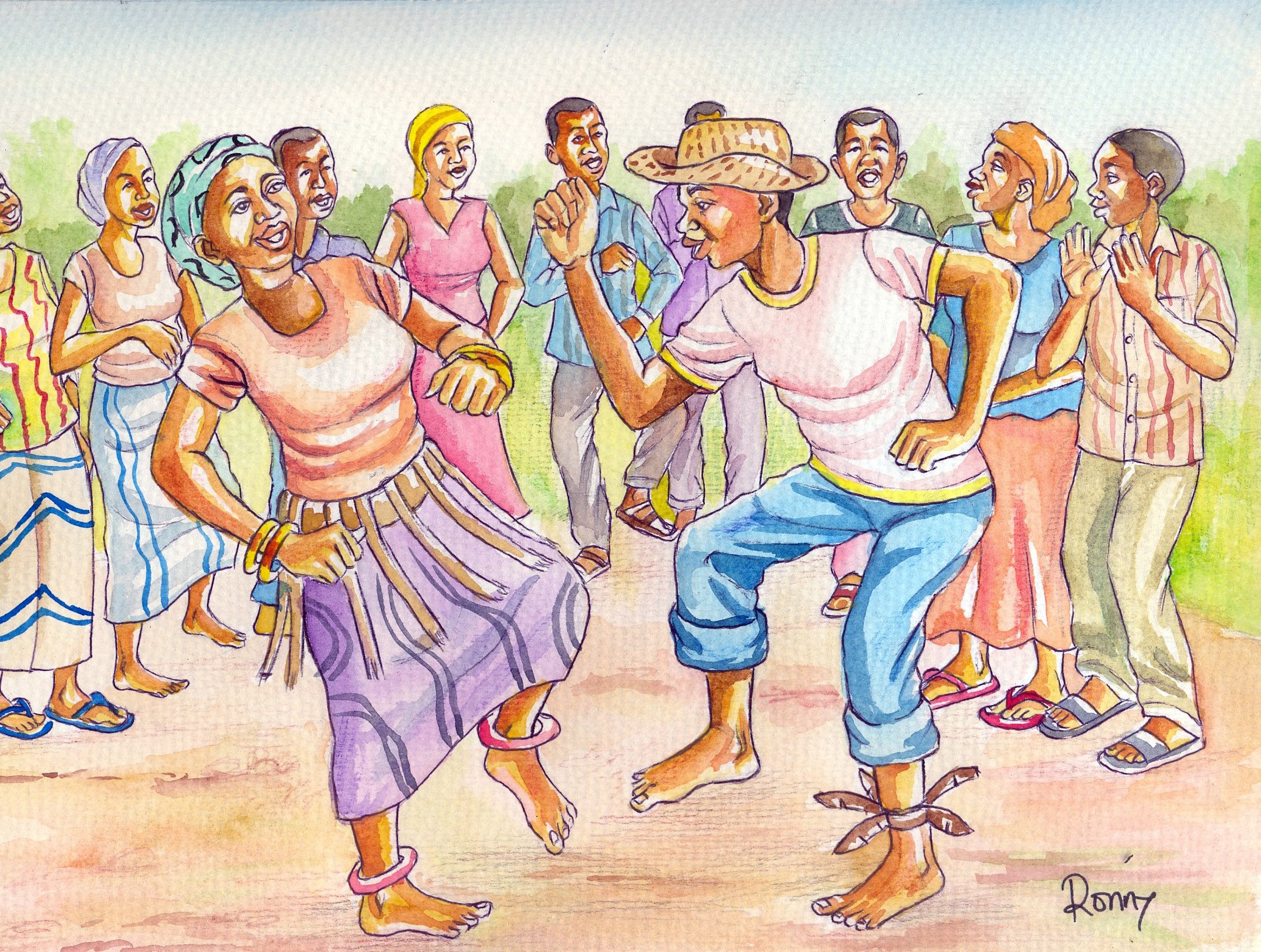
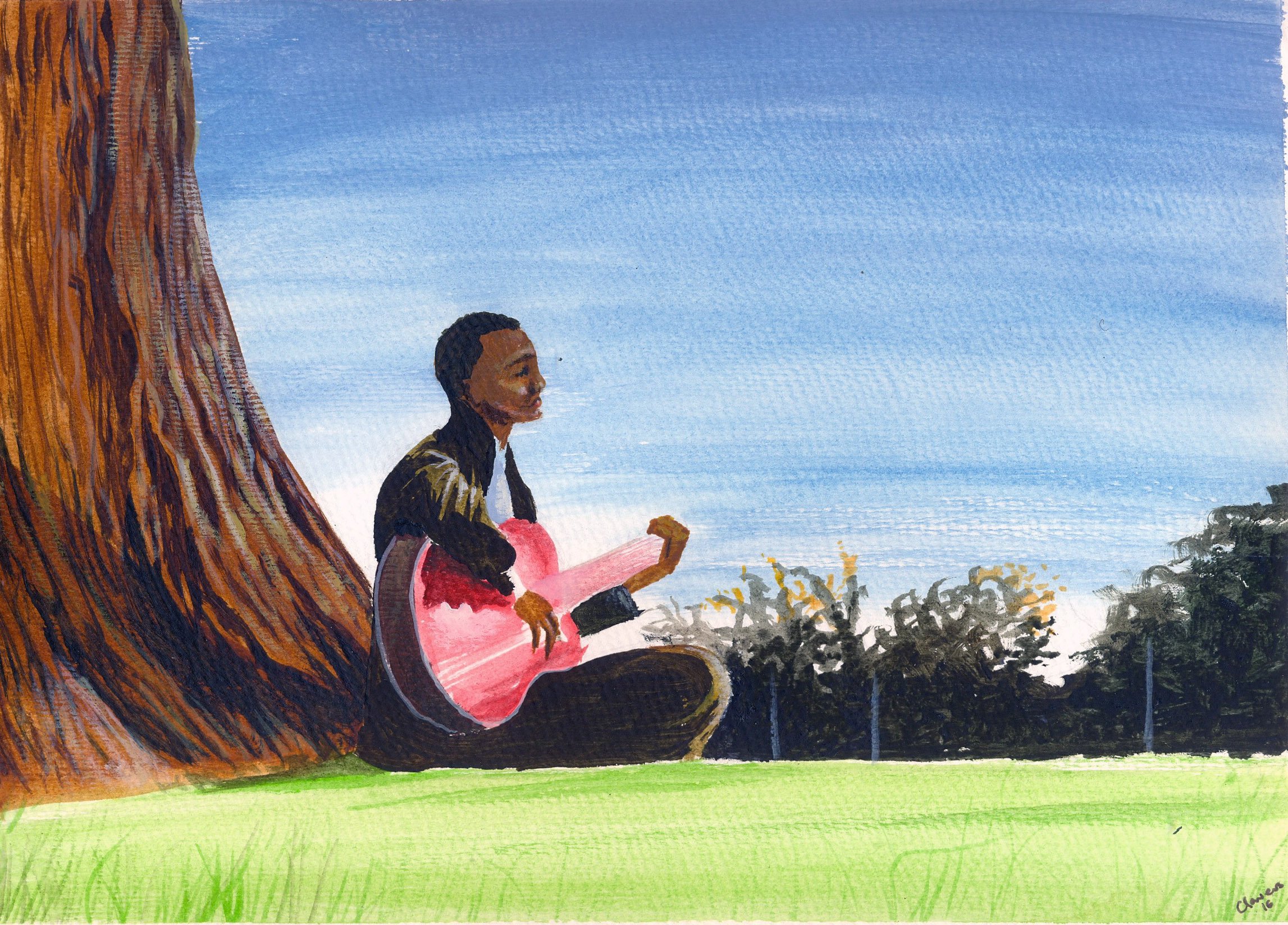
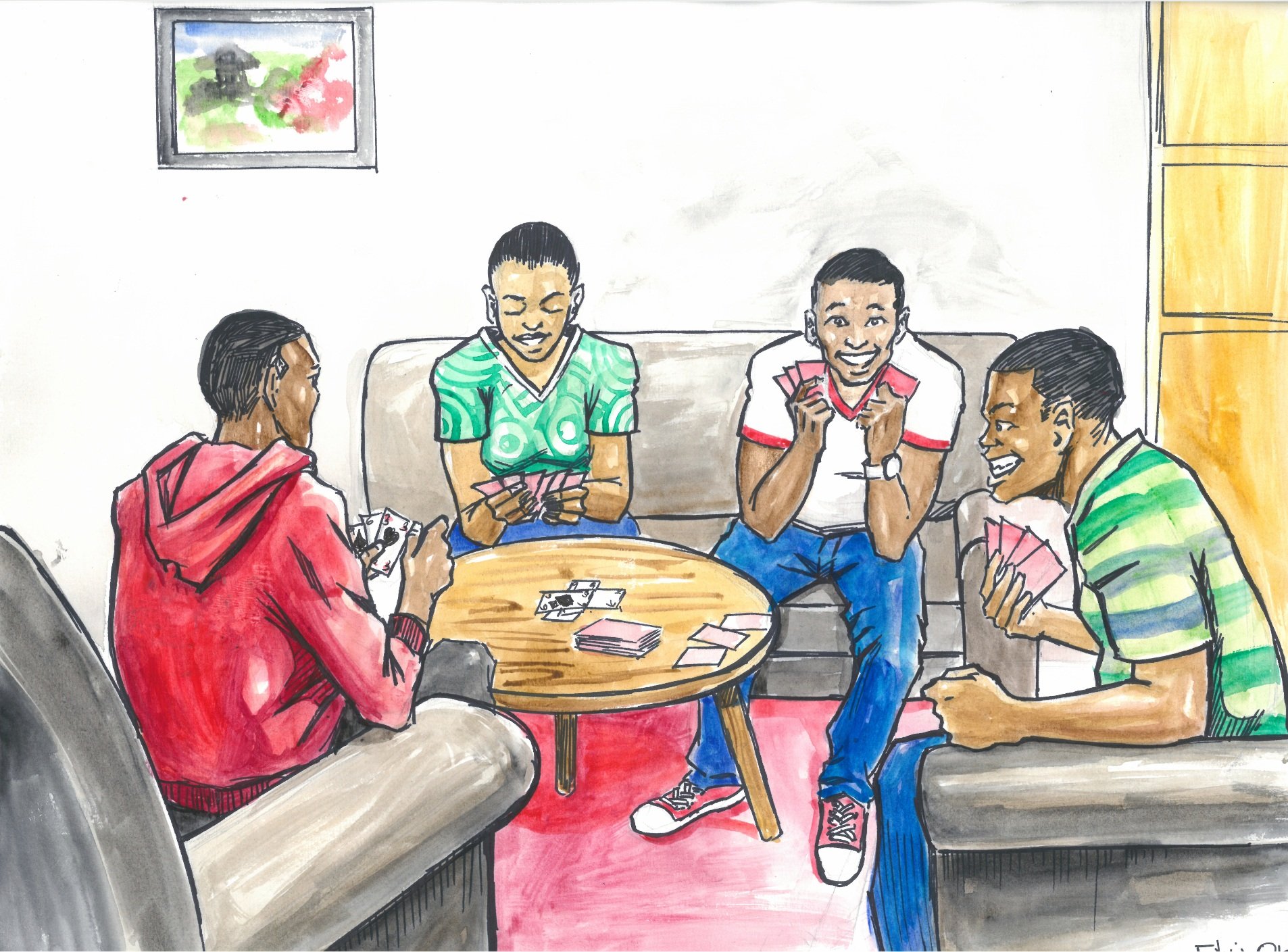


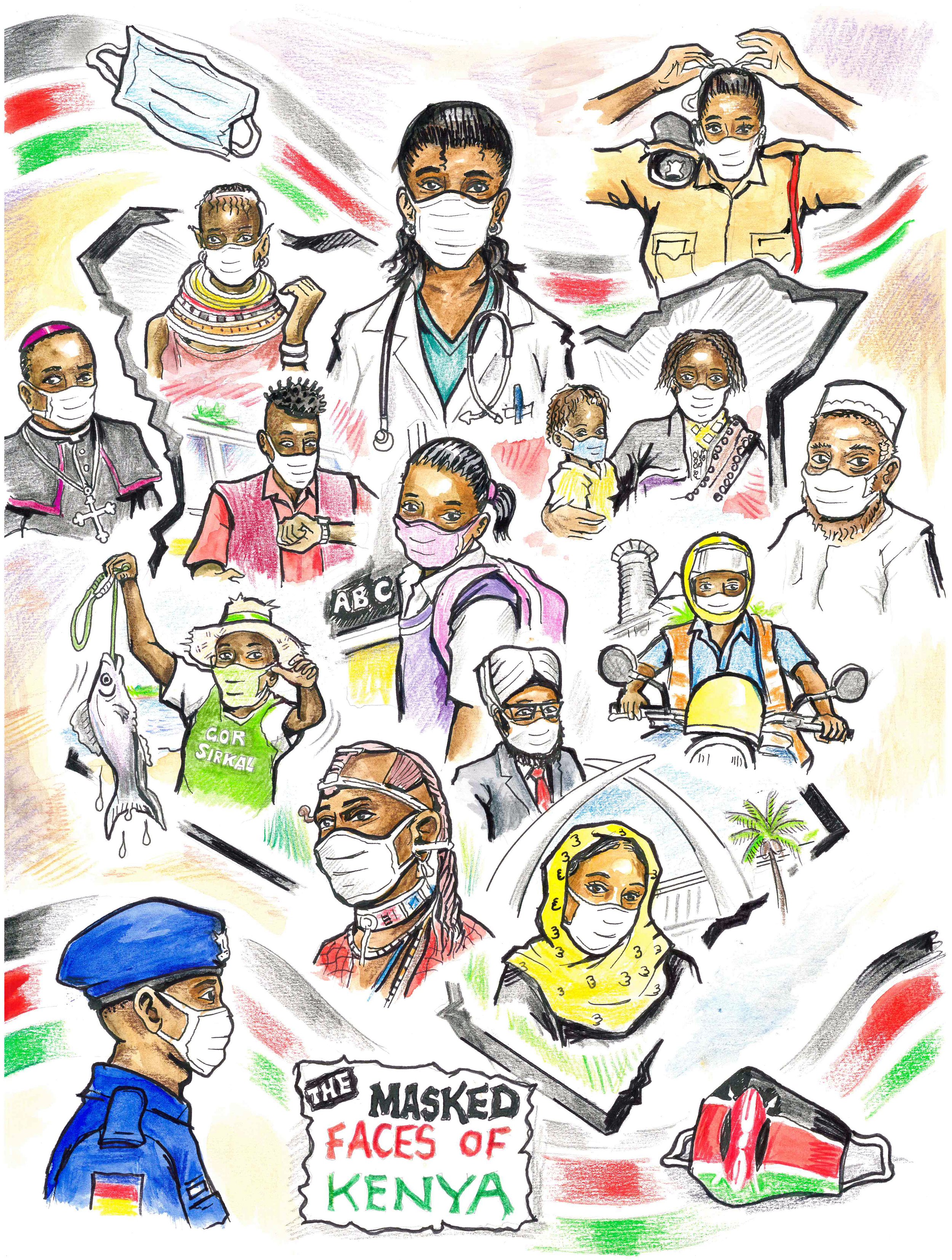
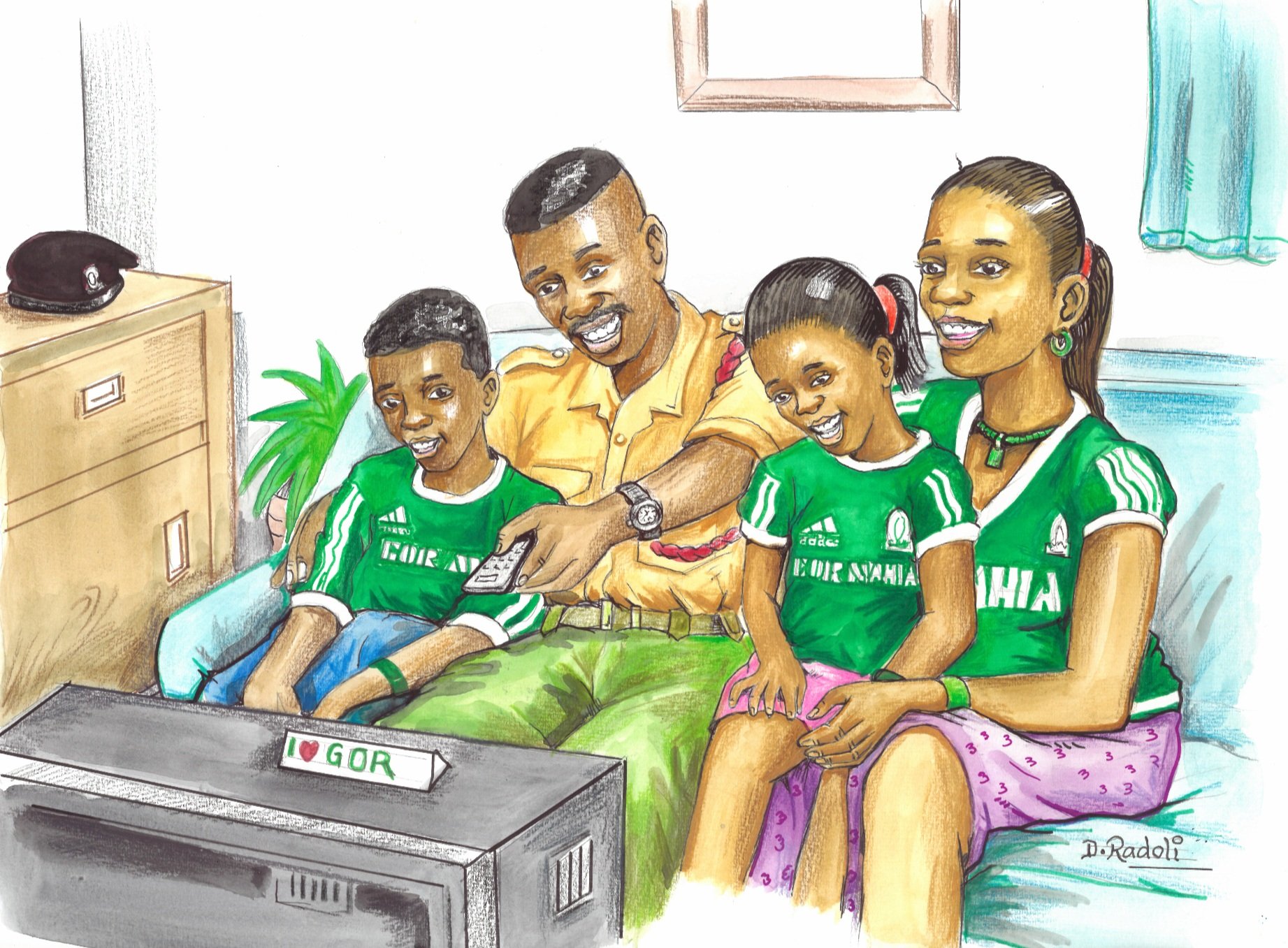
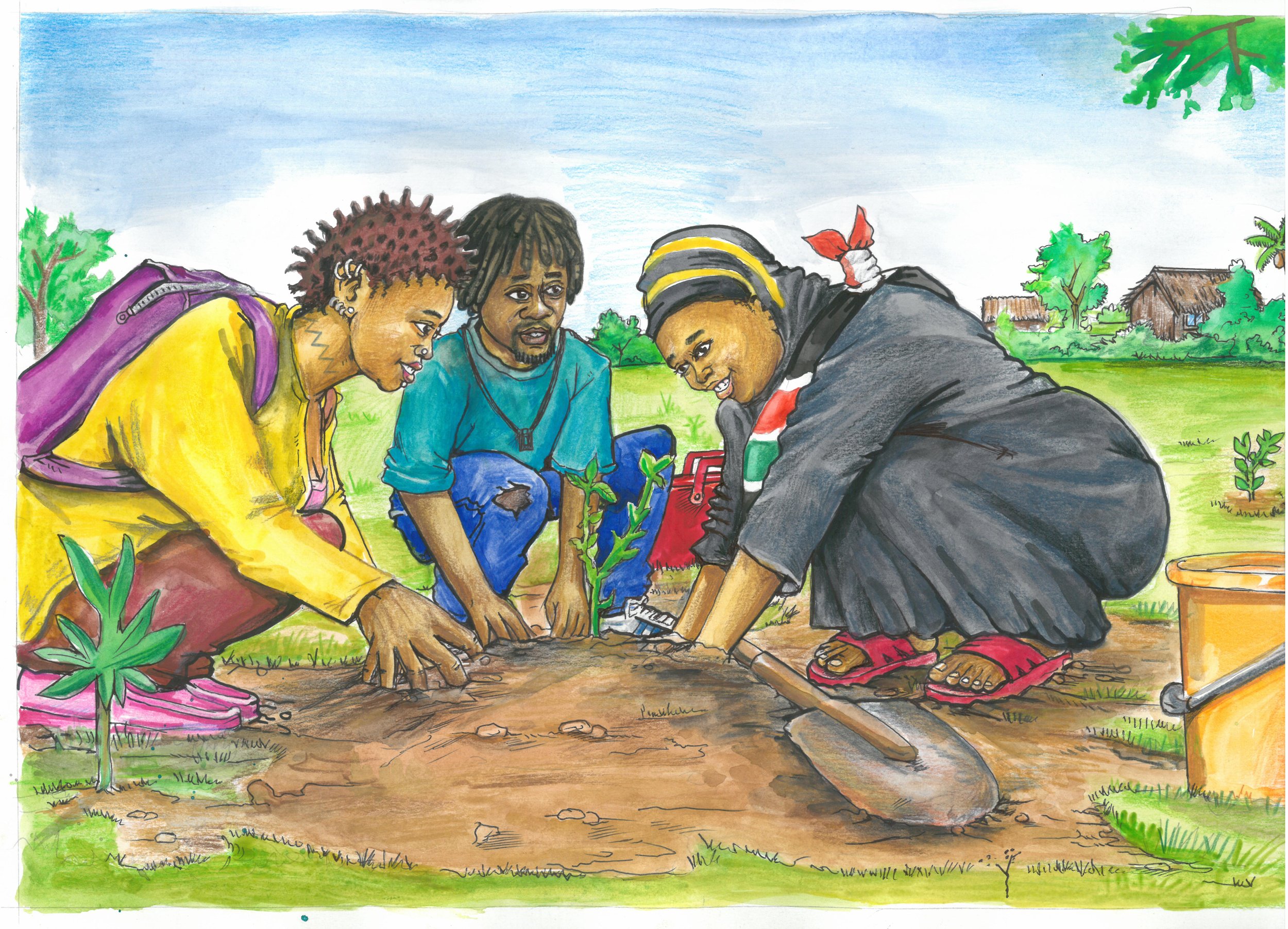
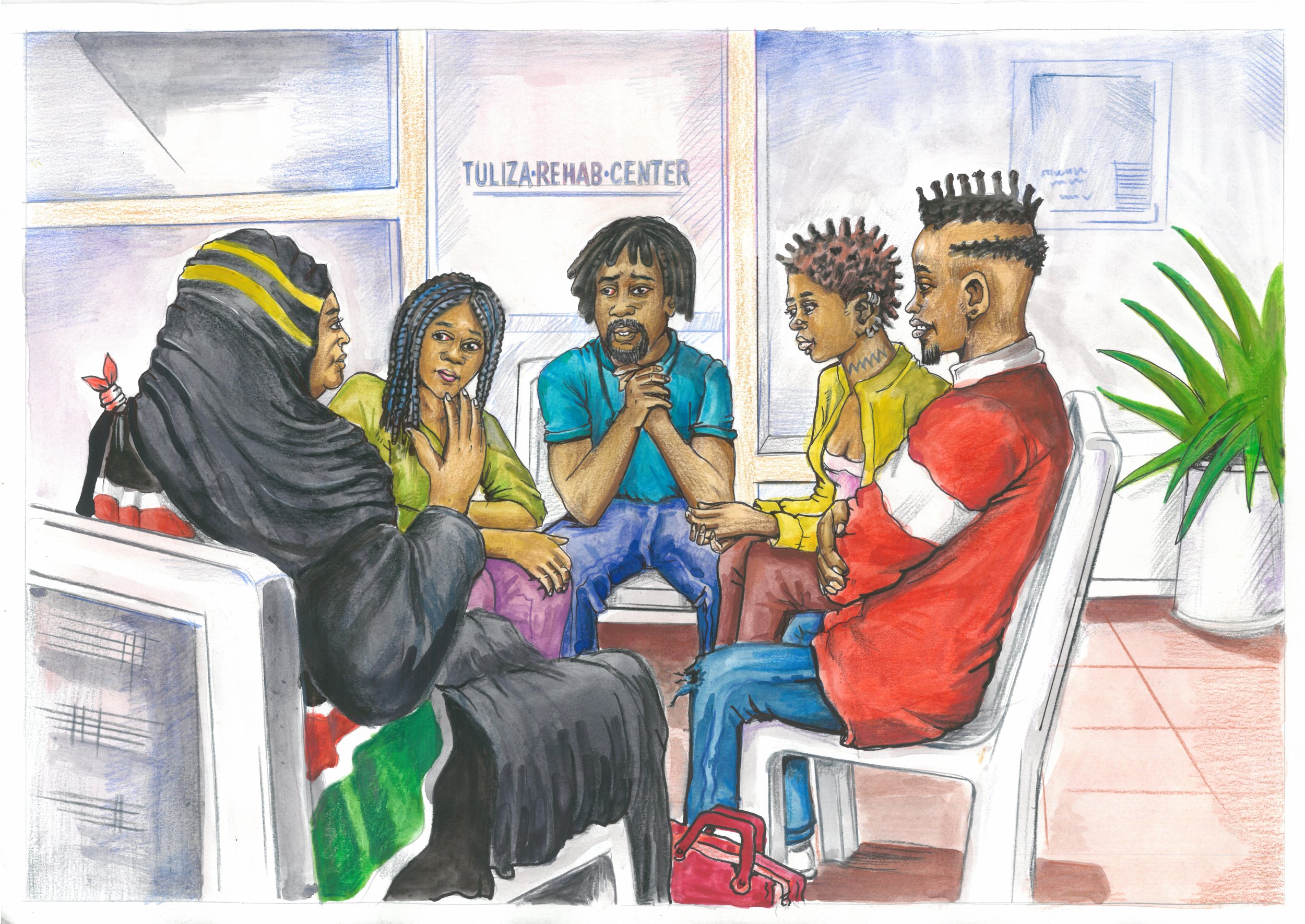

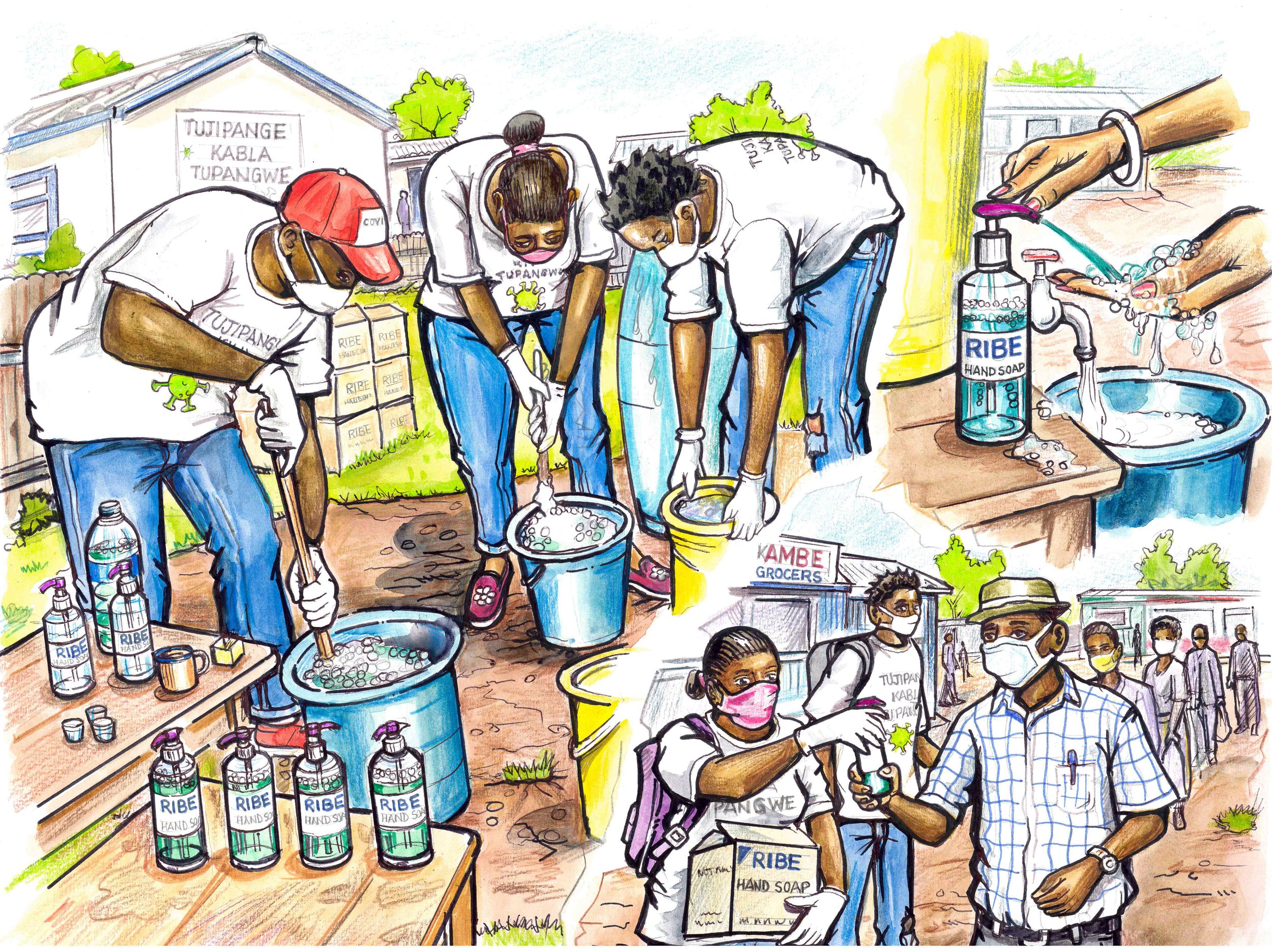


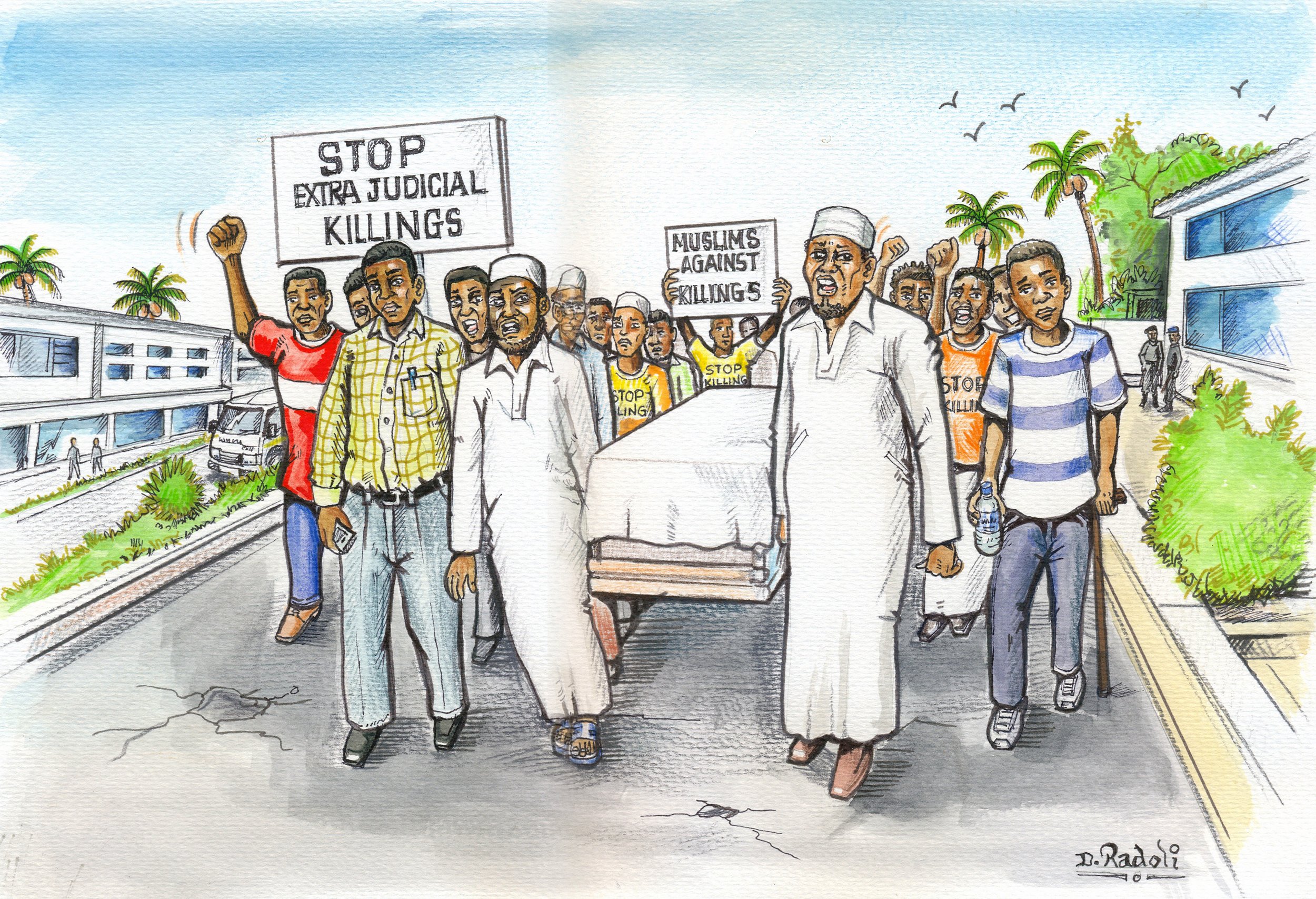
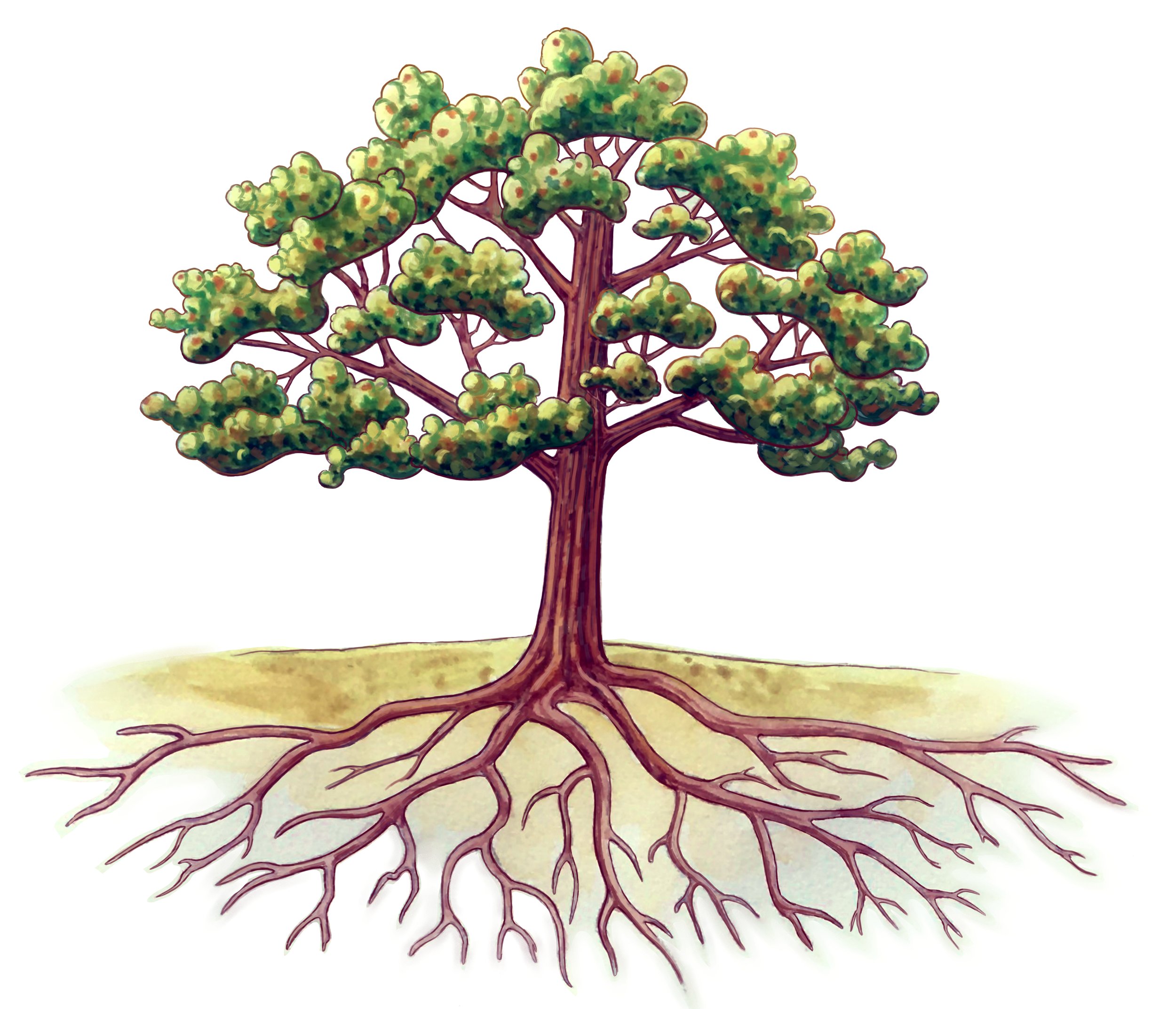



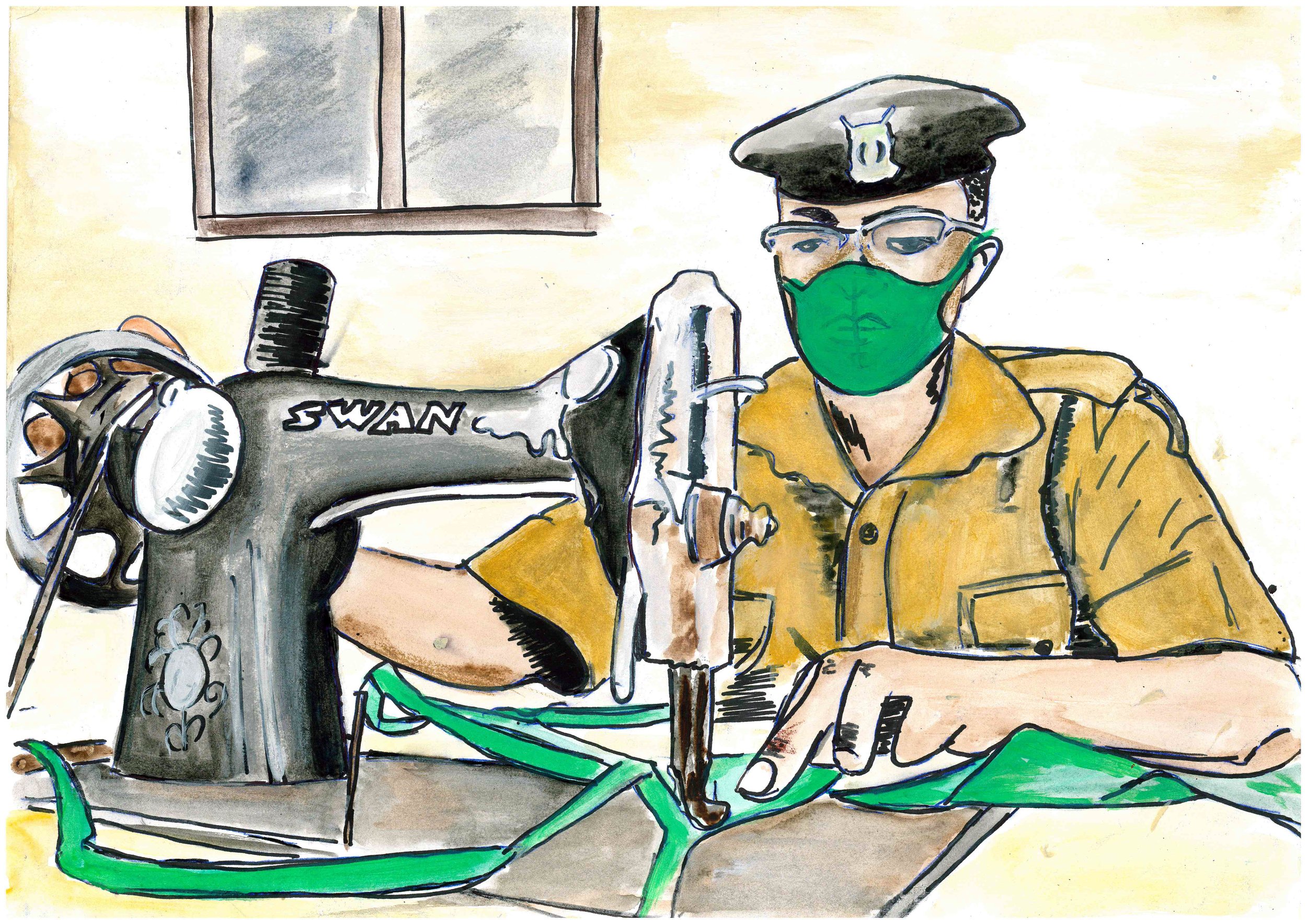
Hurting Self - Hurting Others
Hurting Self - Hurting Others
Some of the visual images are violent. As part of the truth-telling process of a violent society, community members involved in the adaptation process acknowledge that including images that may be uncomfortable is crucial. They believe that such images document the harsh realities of people's lived experiences.
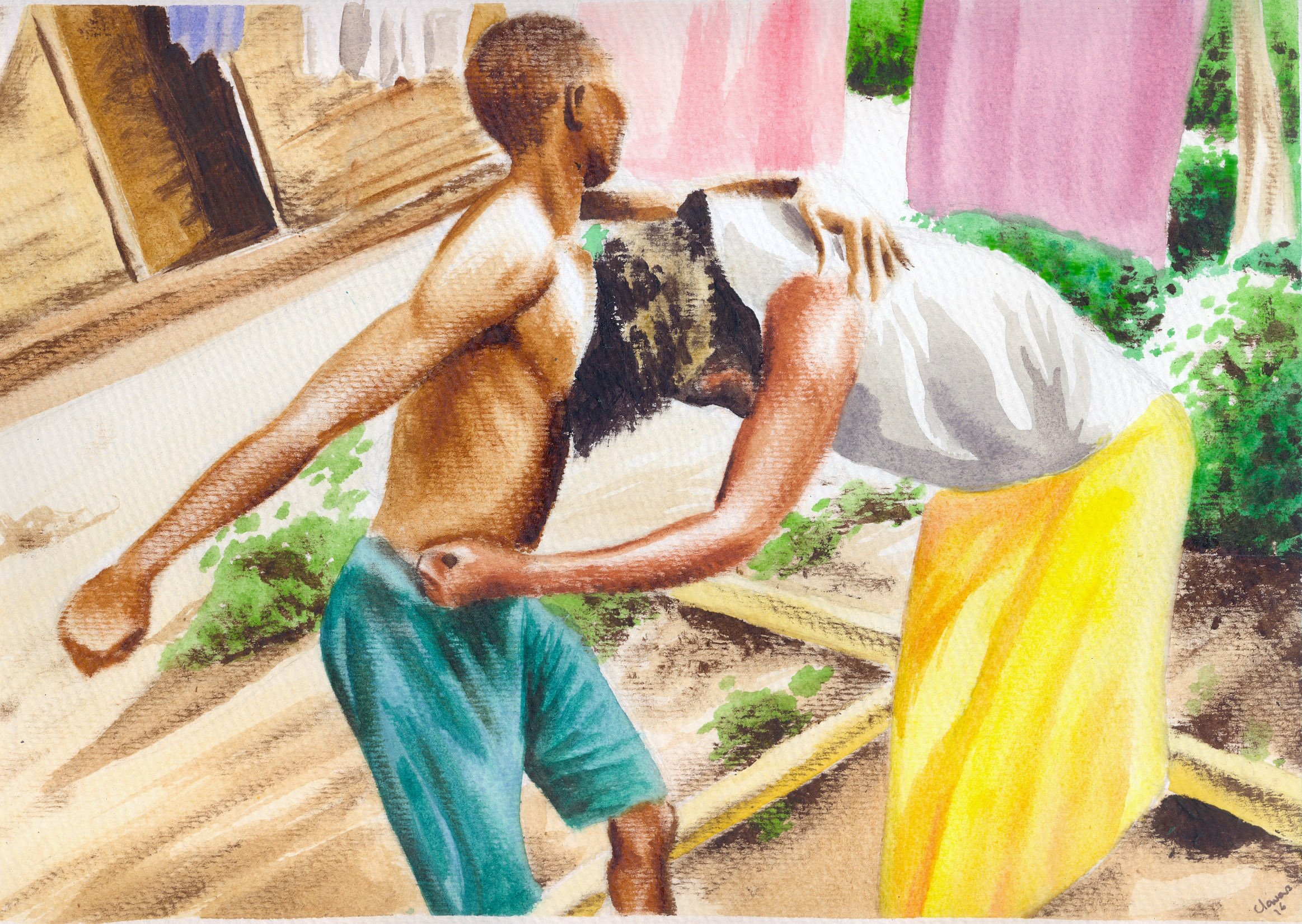
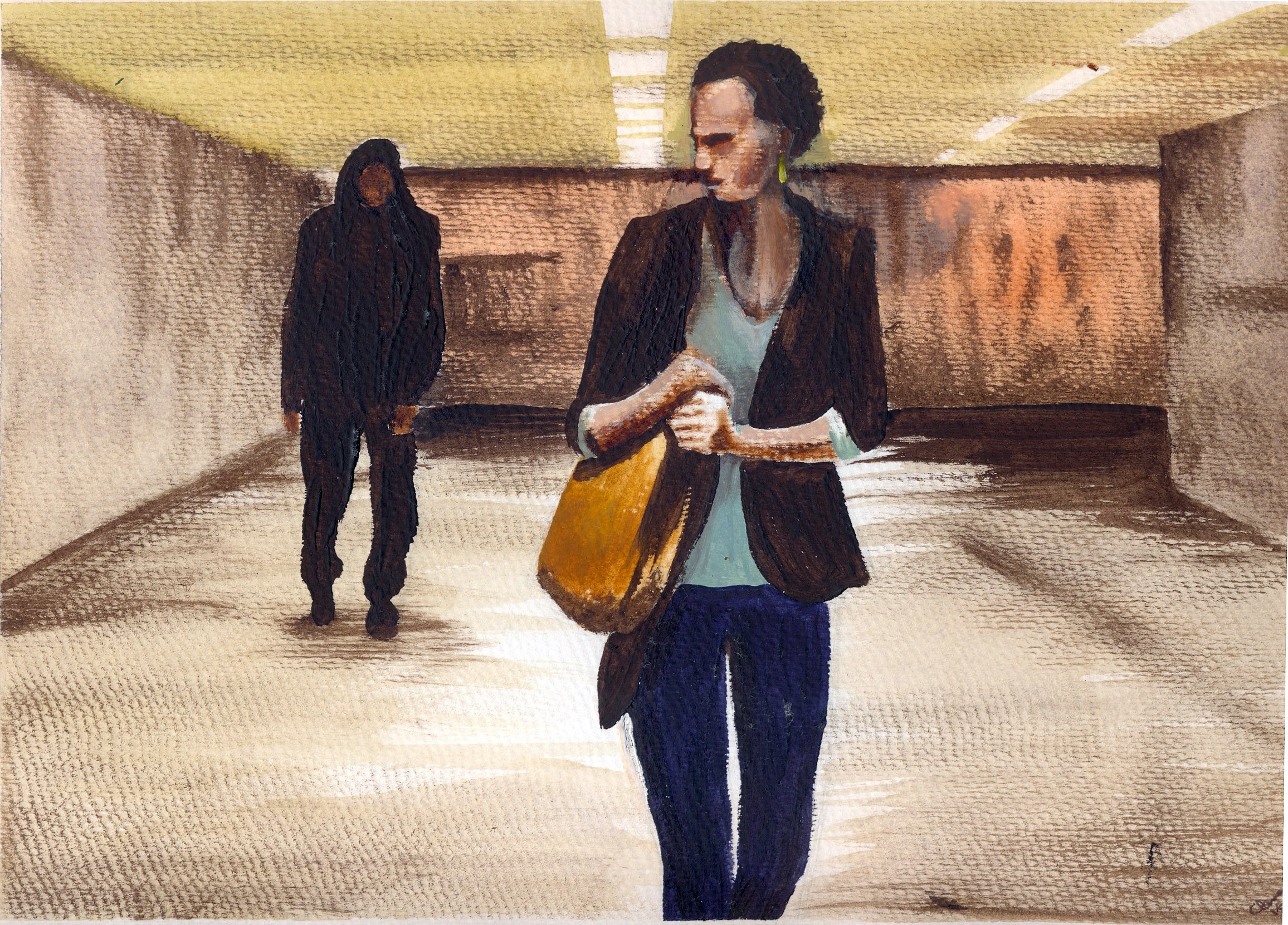
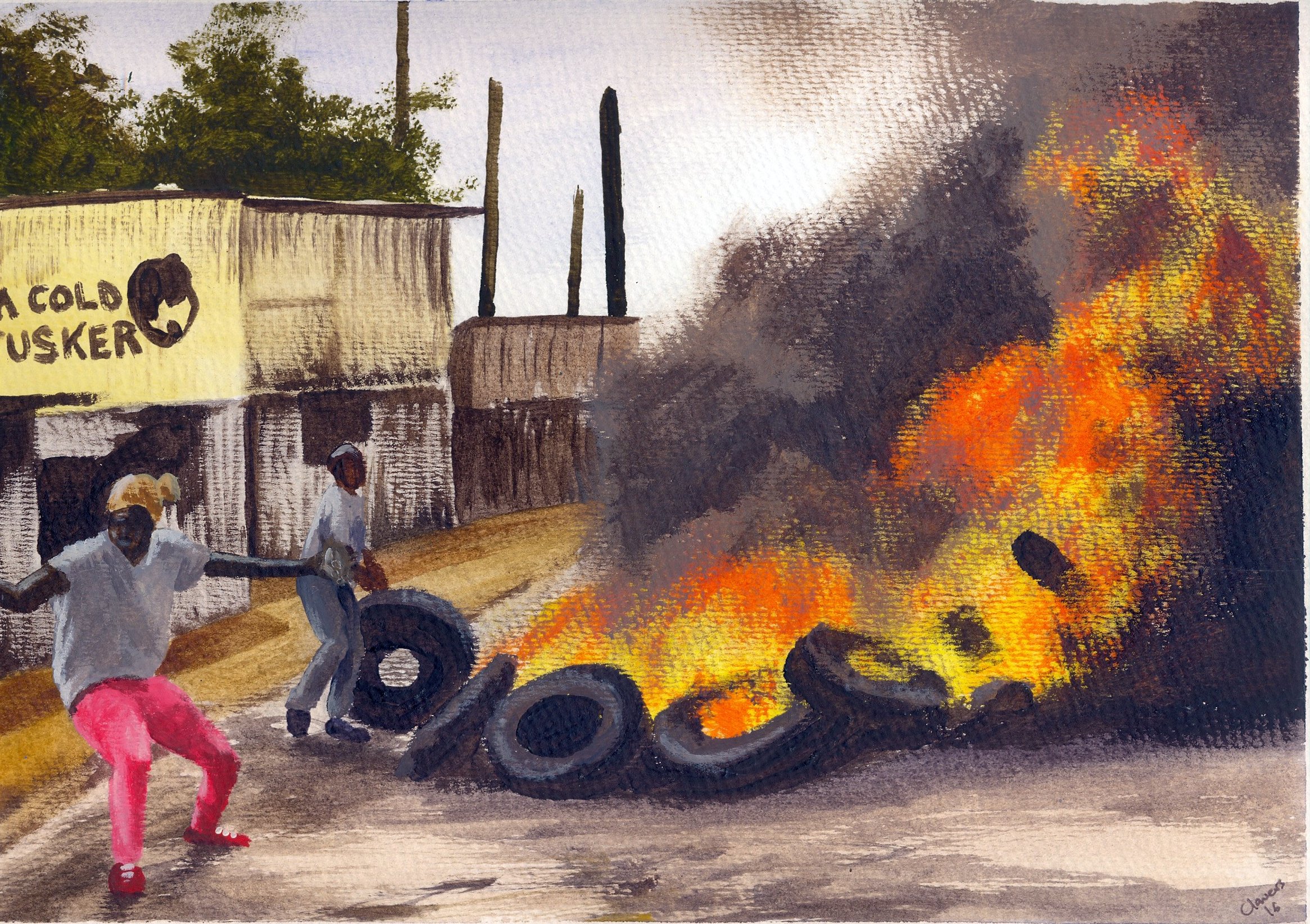
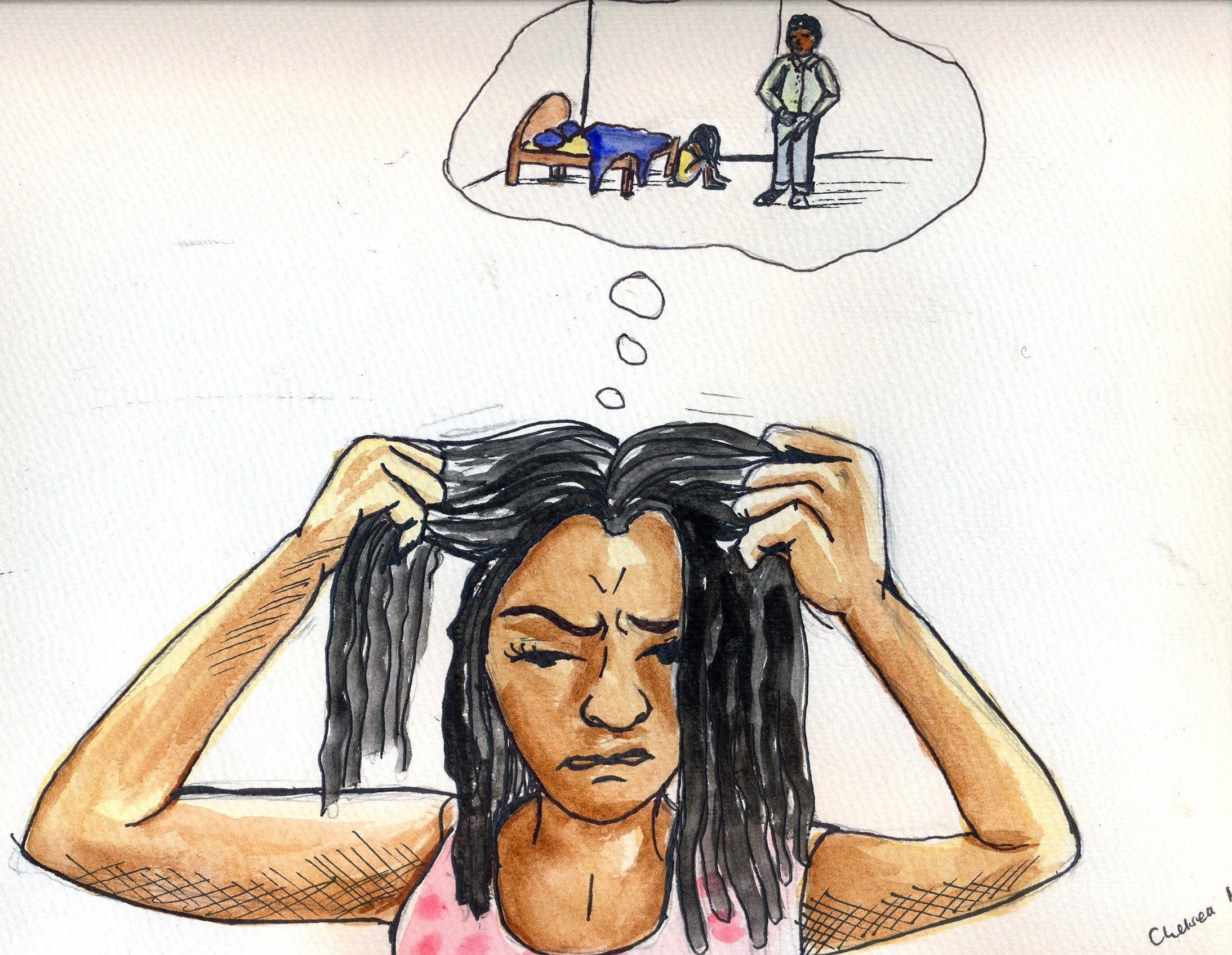
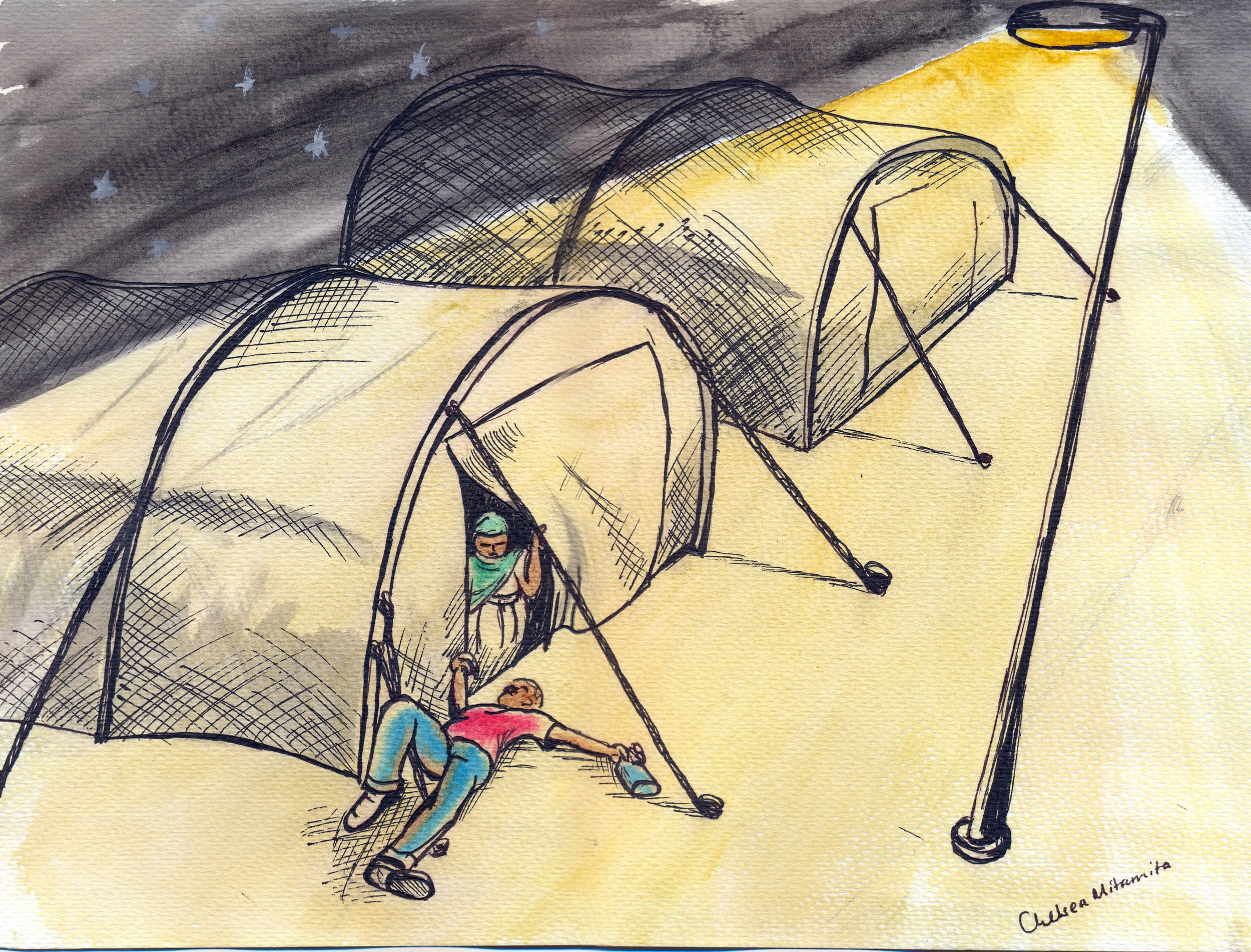
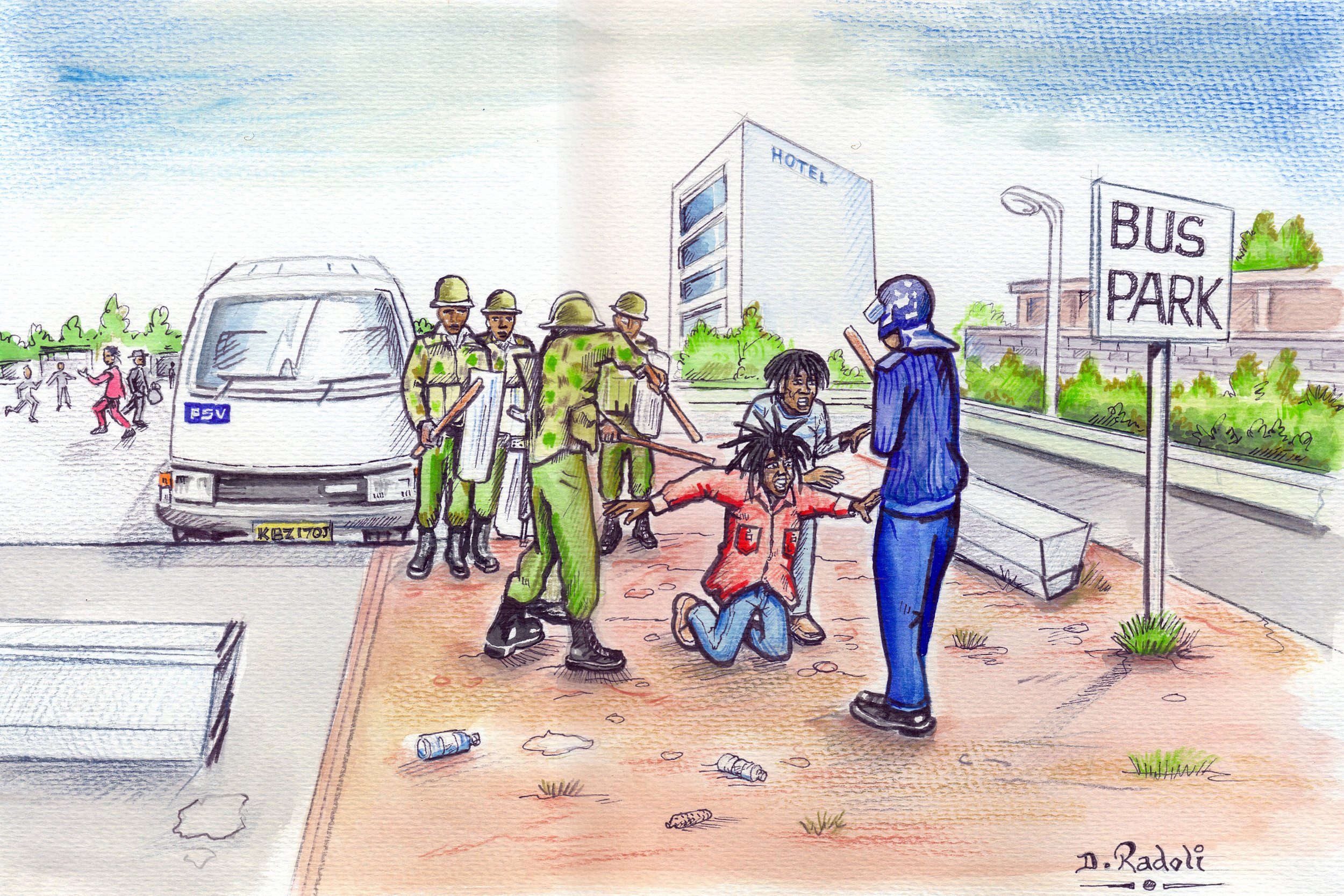




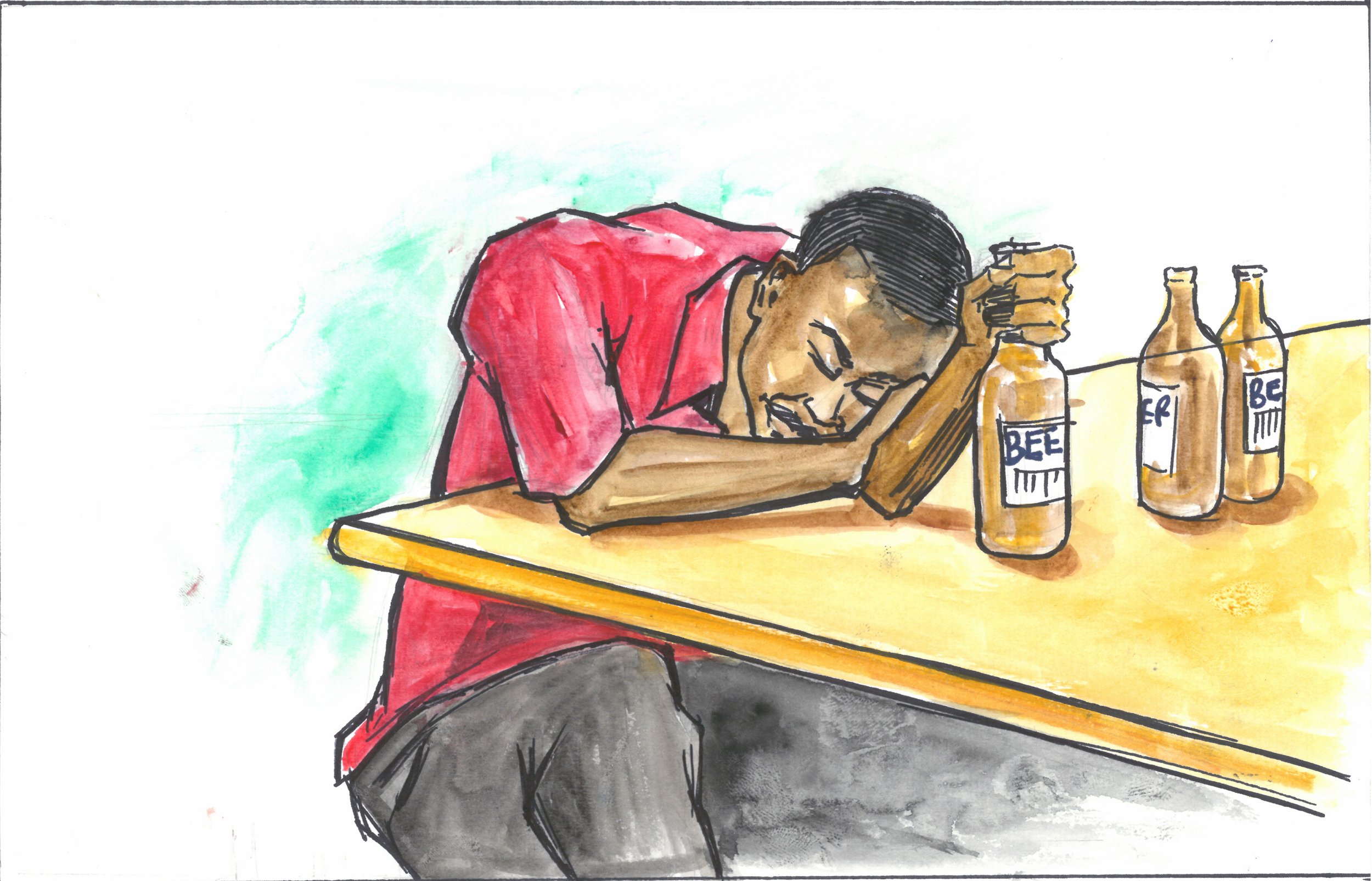
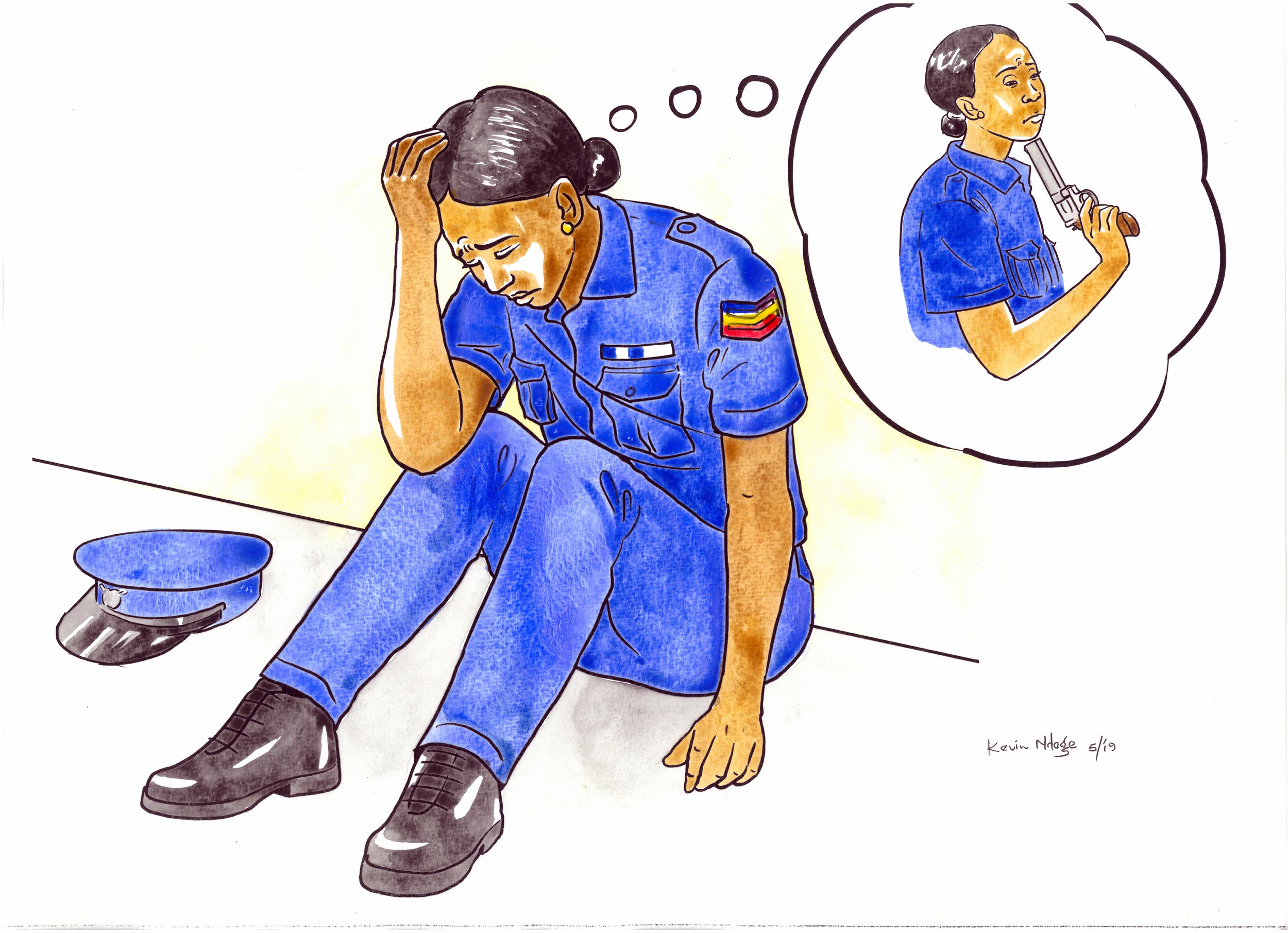

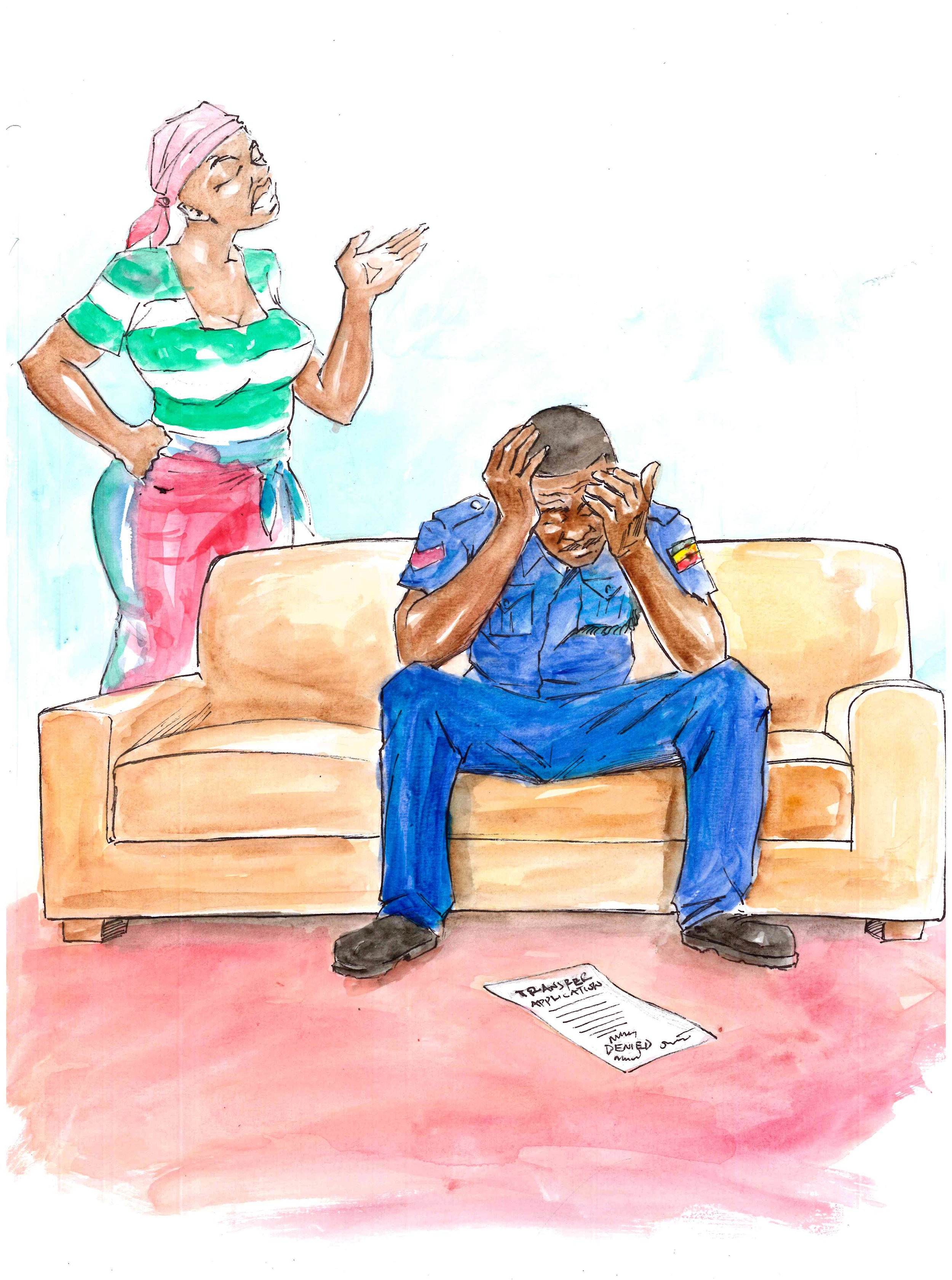
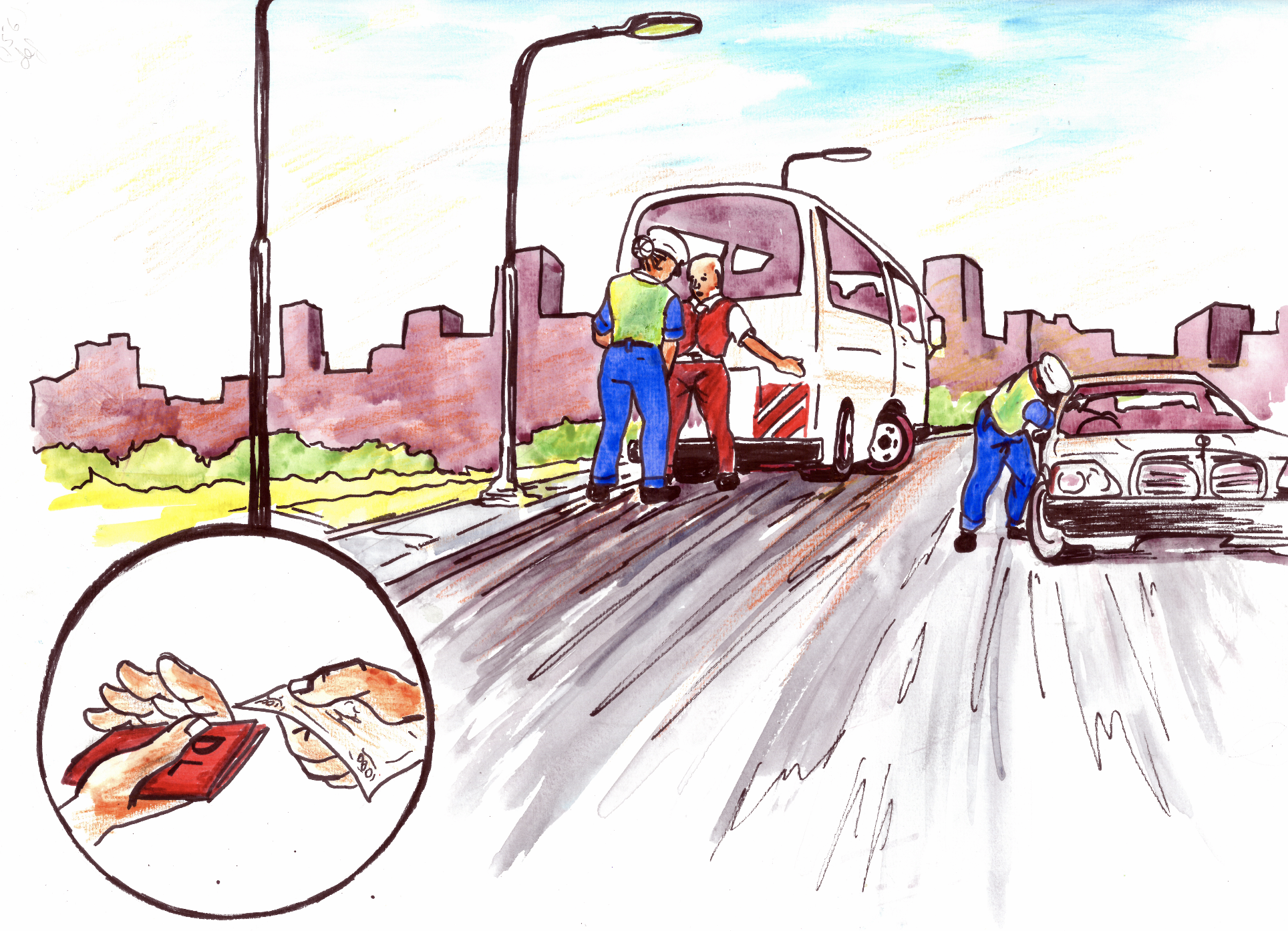
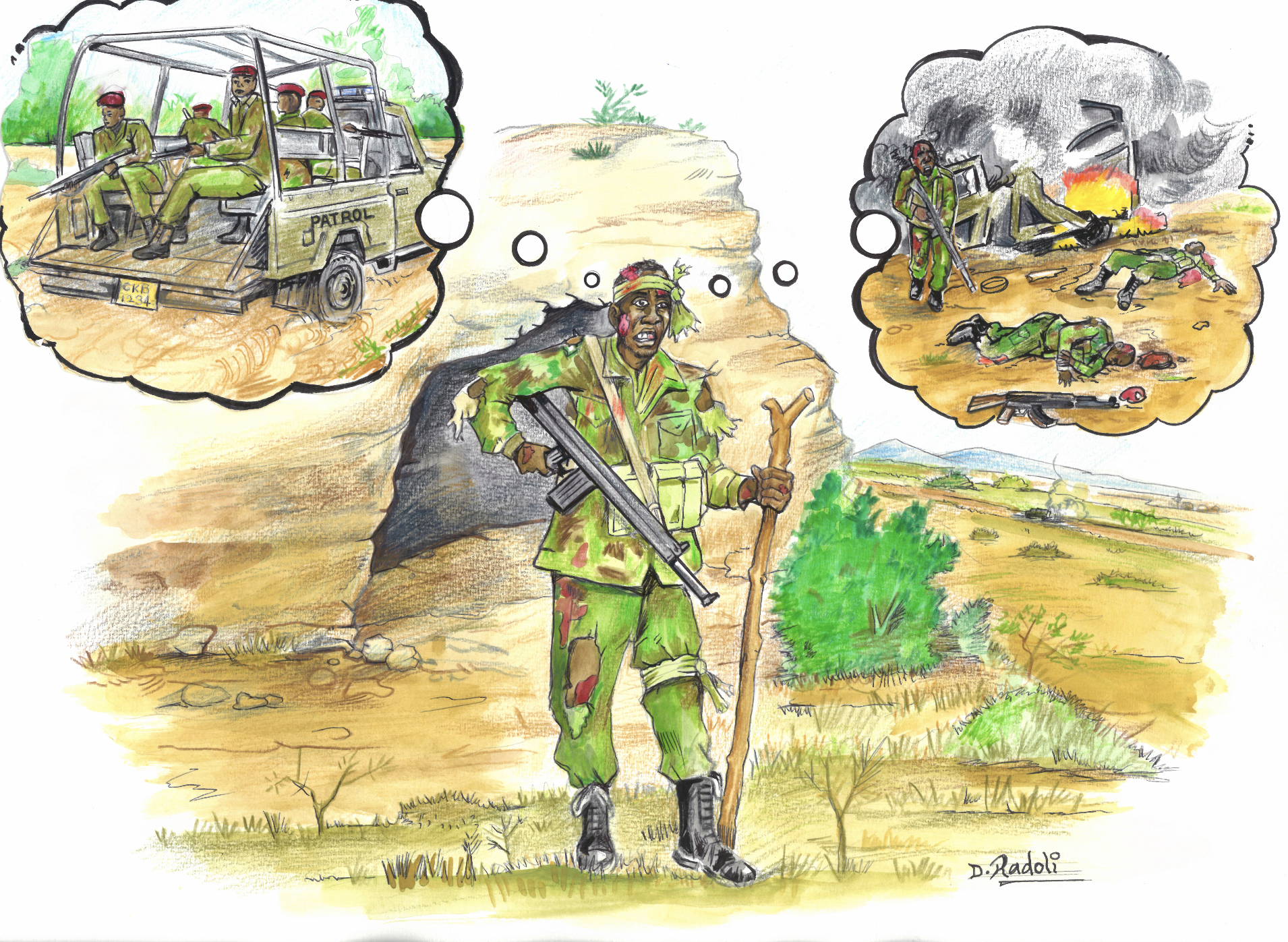

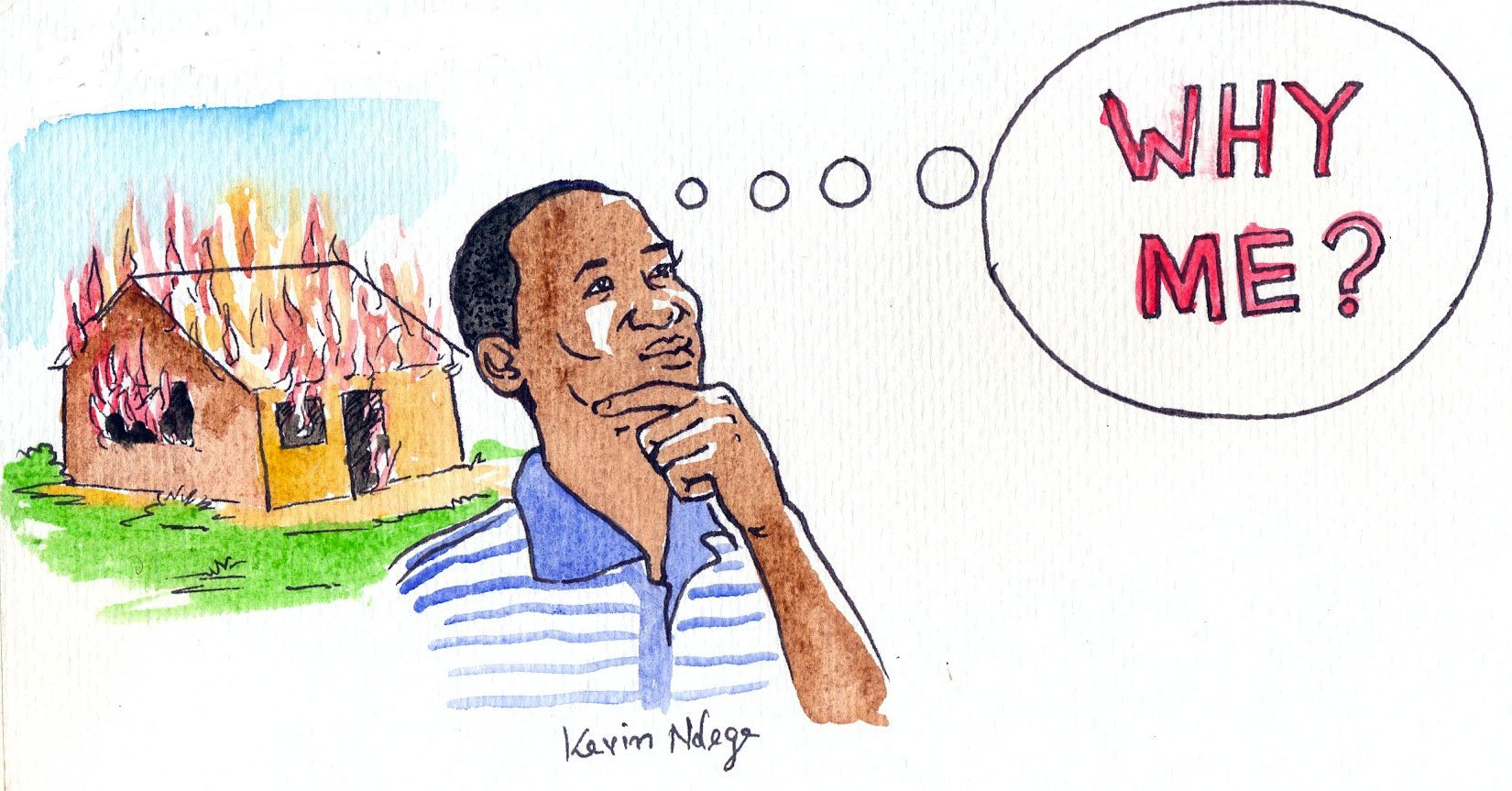



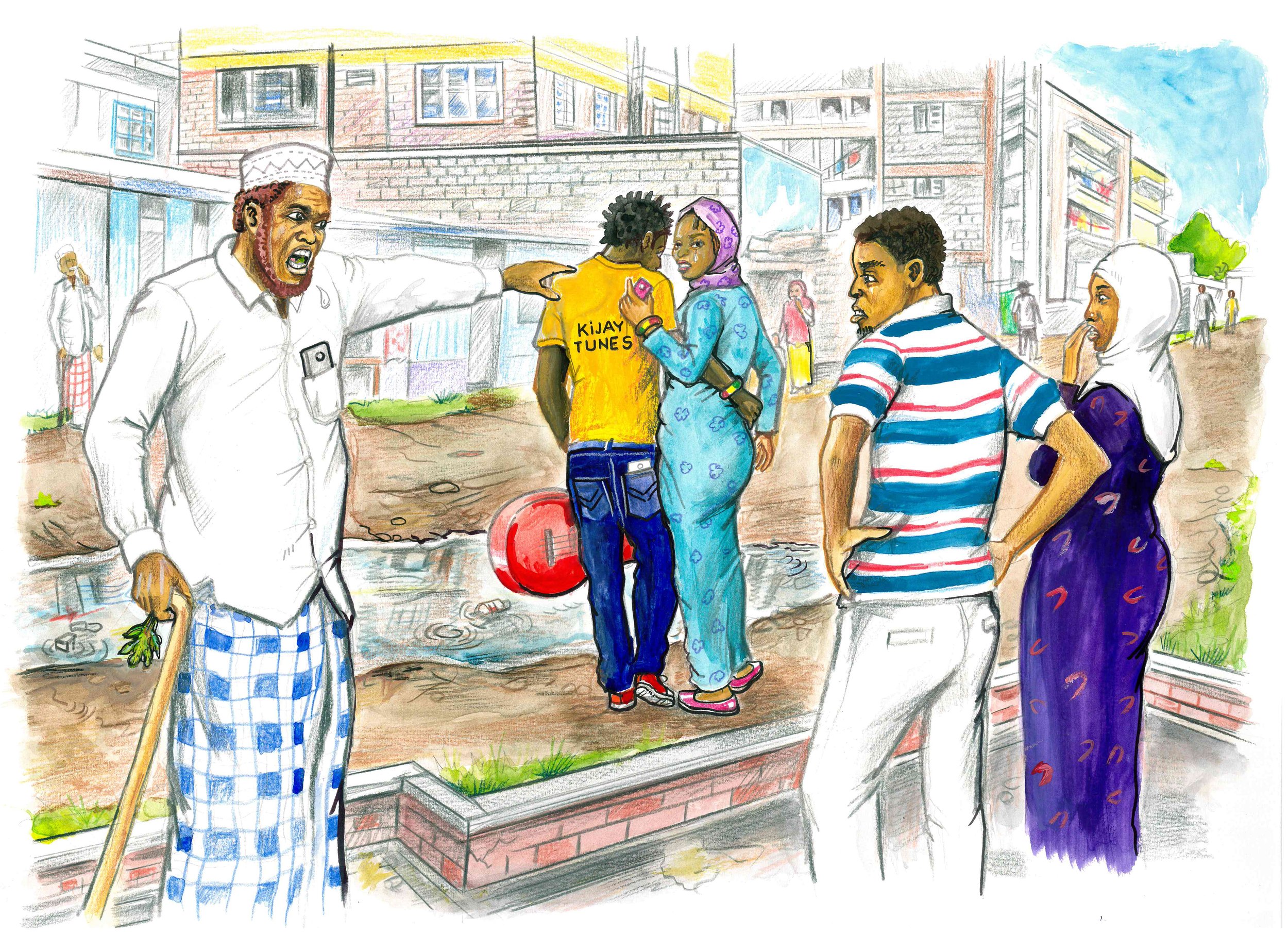
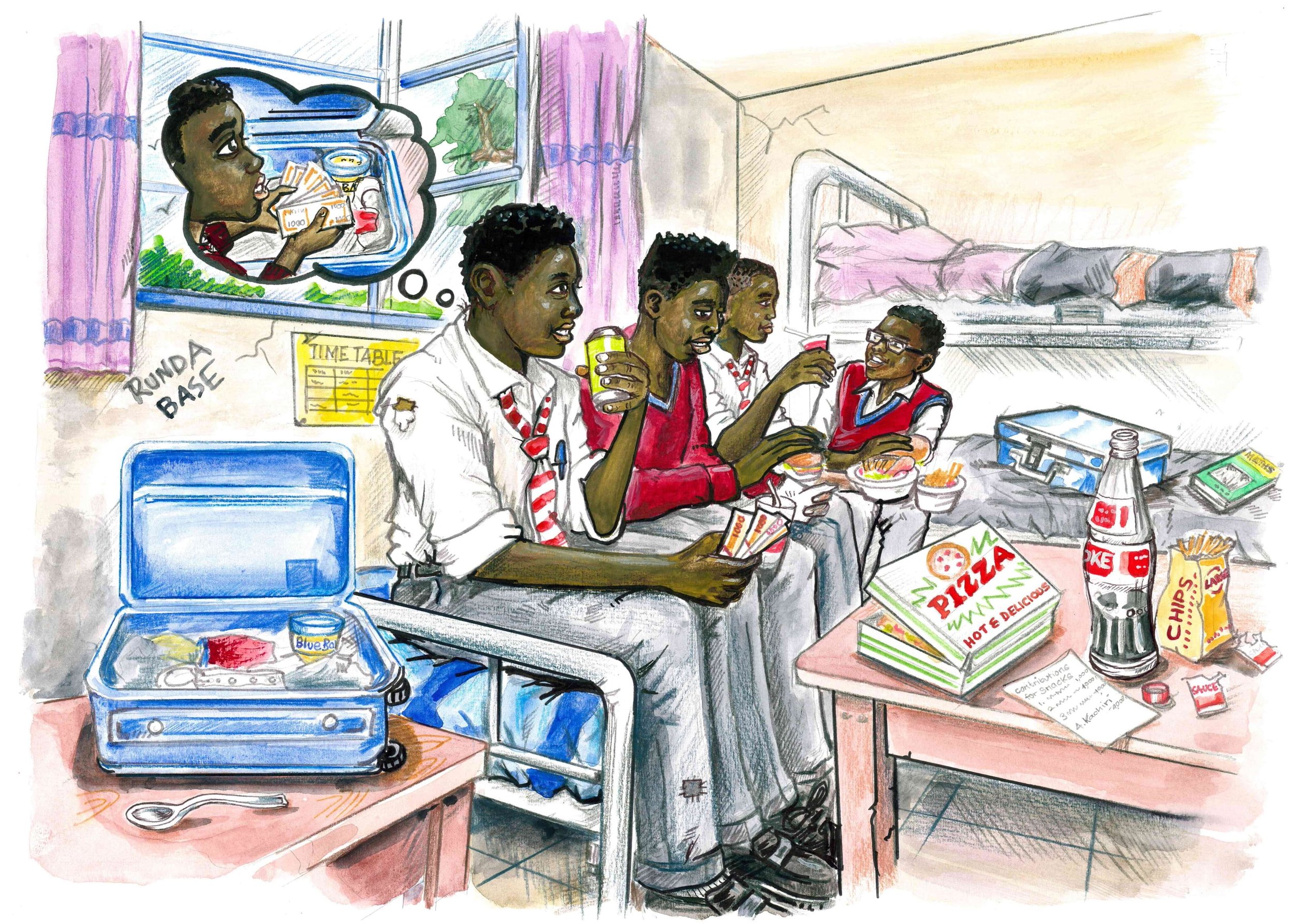


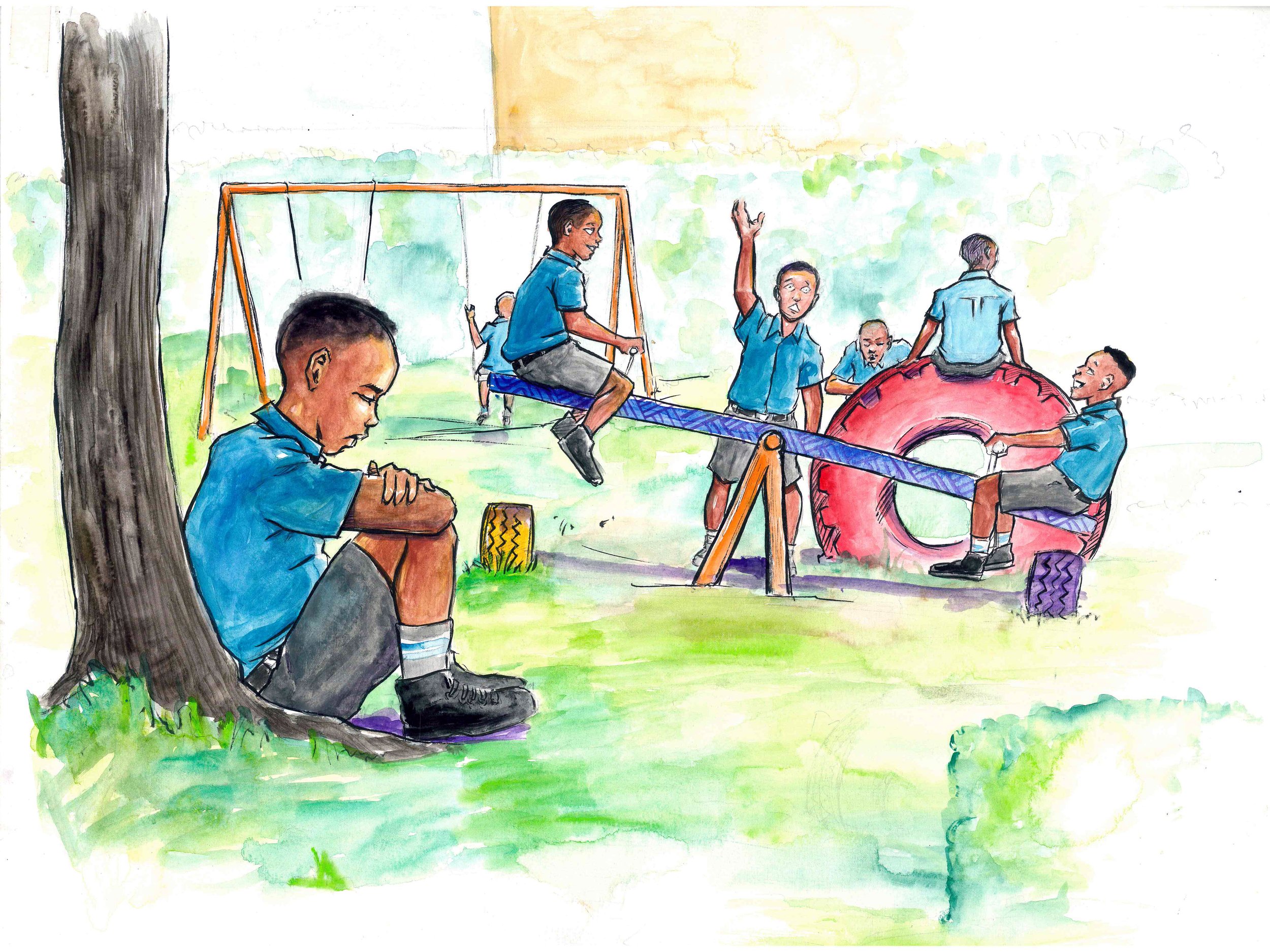
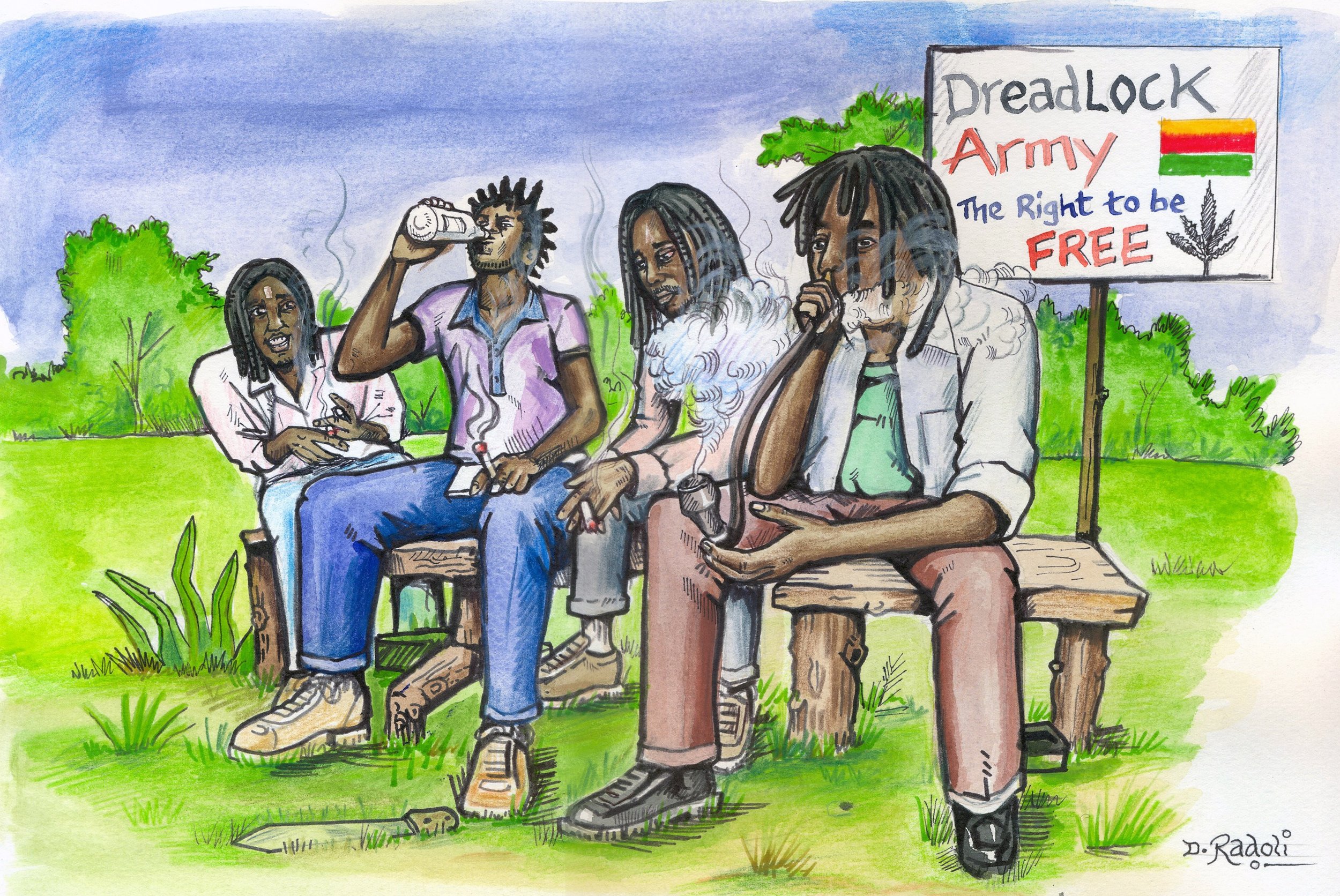


“Healing begins where the wound was made.”
— Alice Walker



